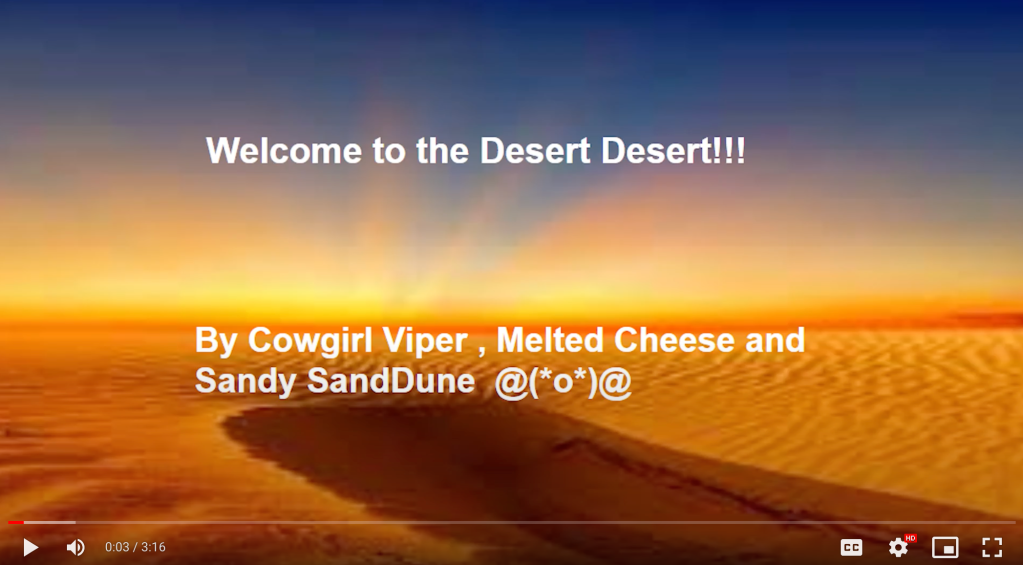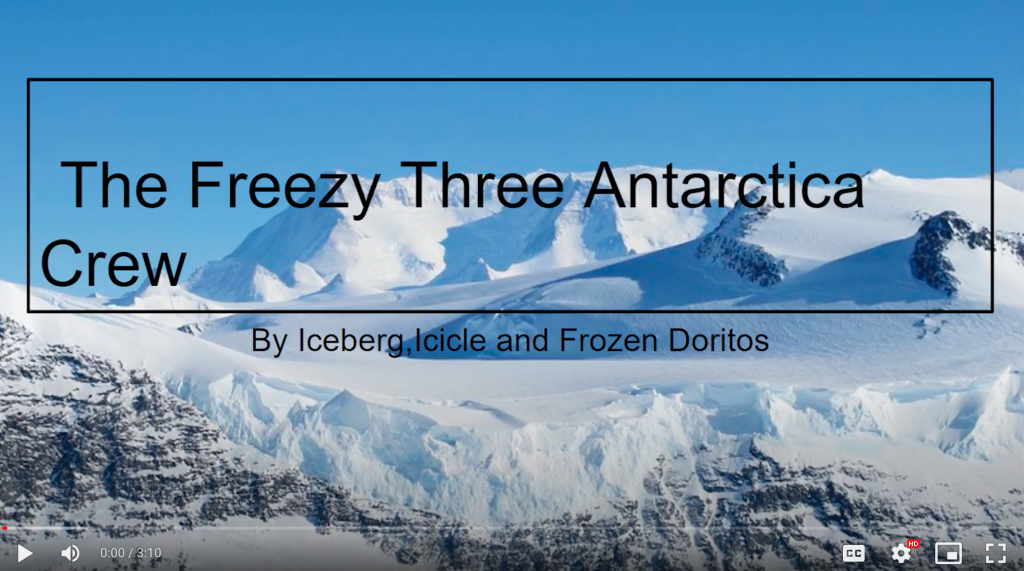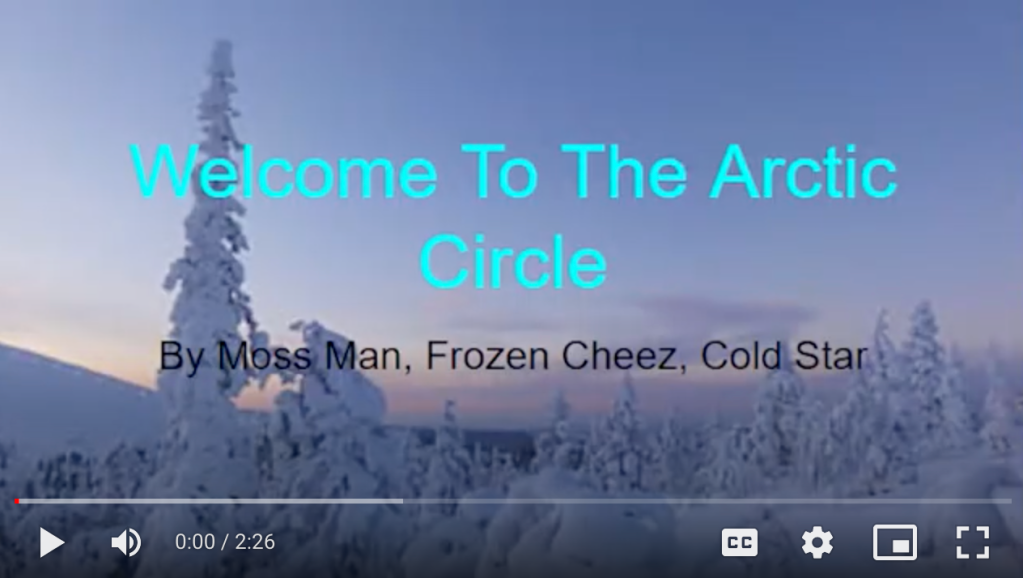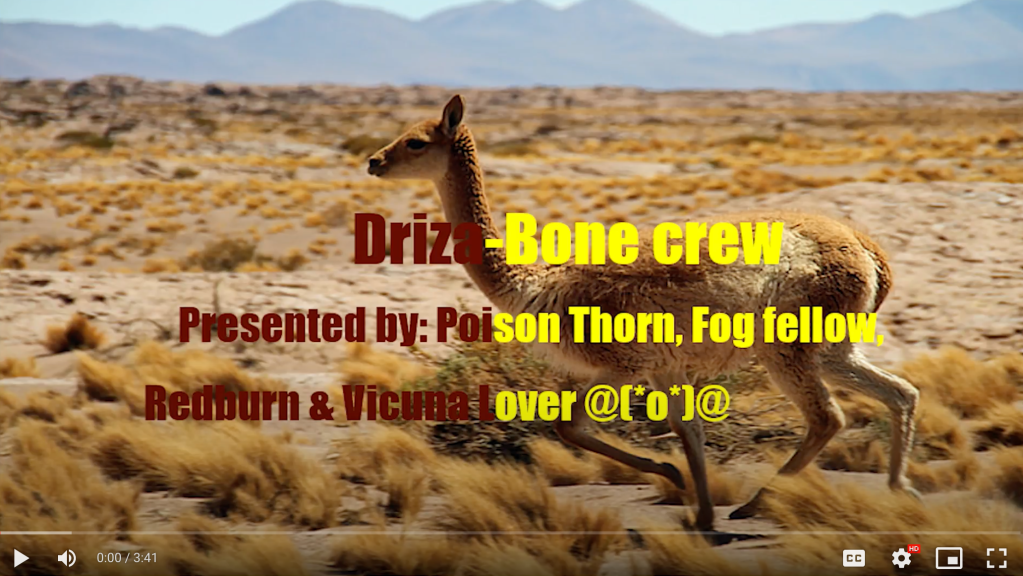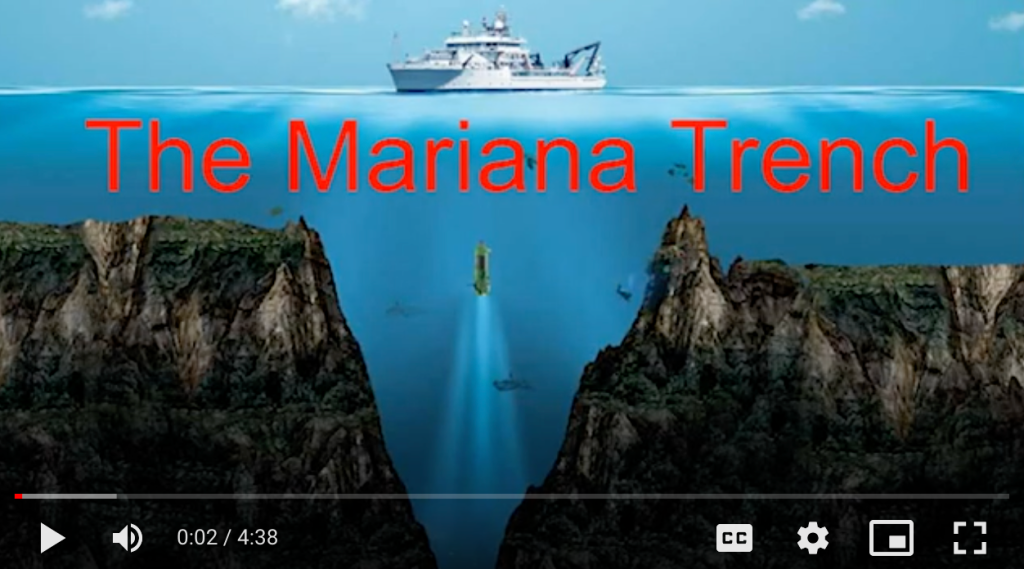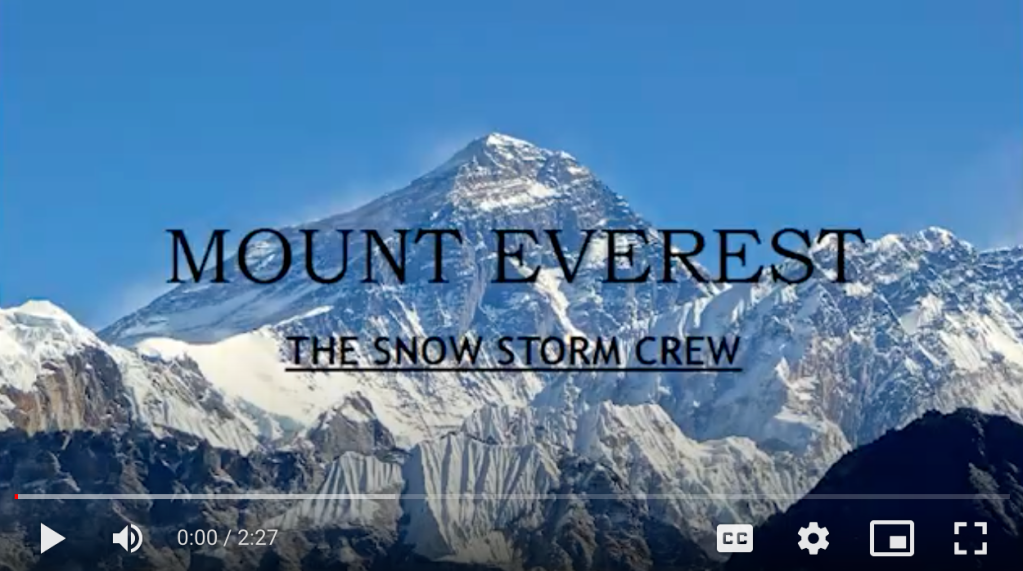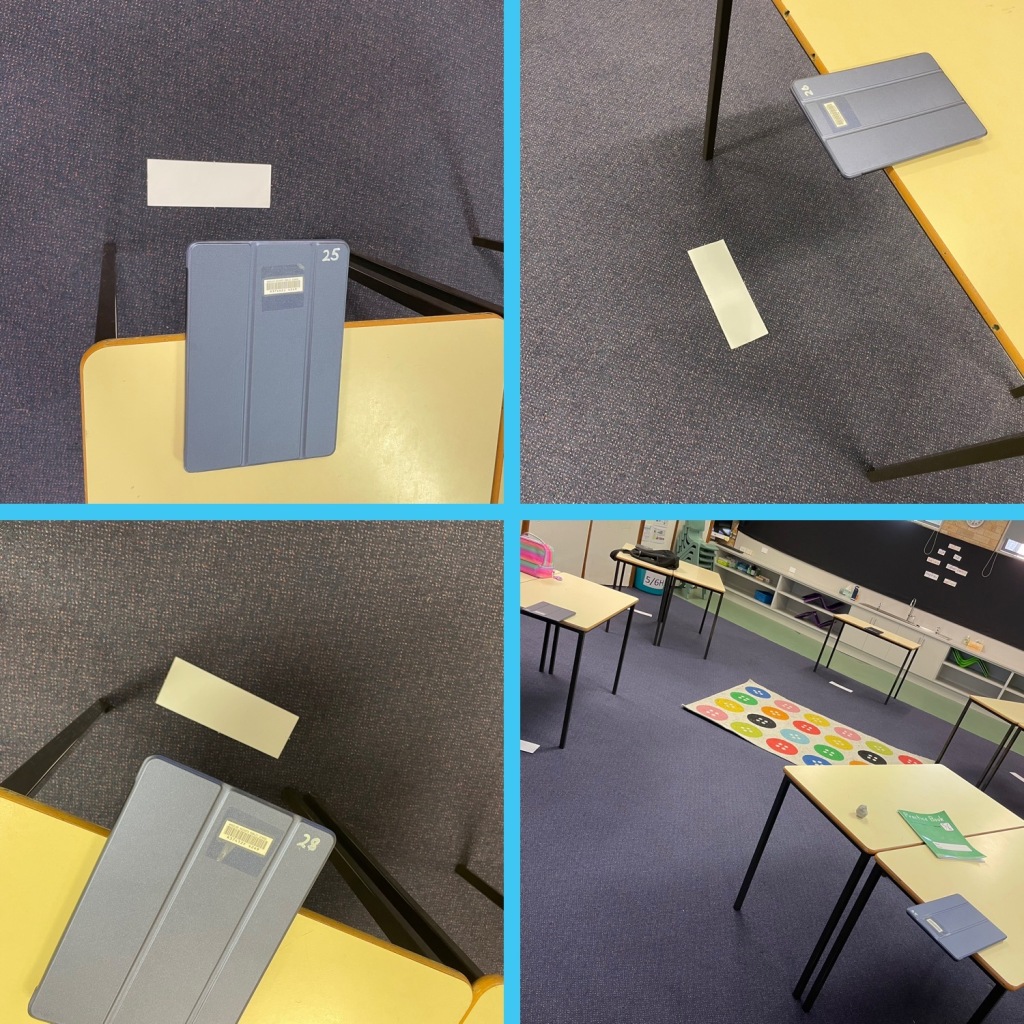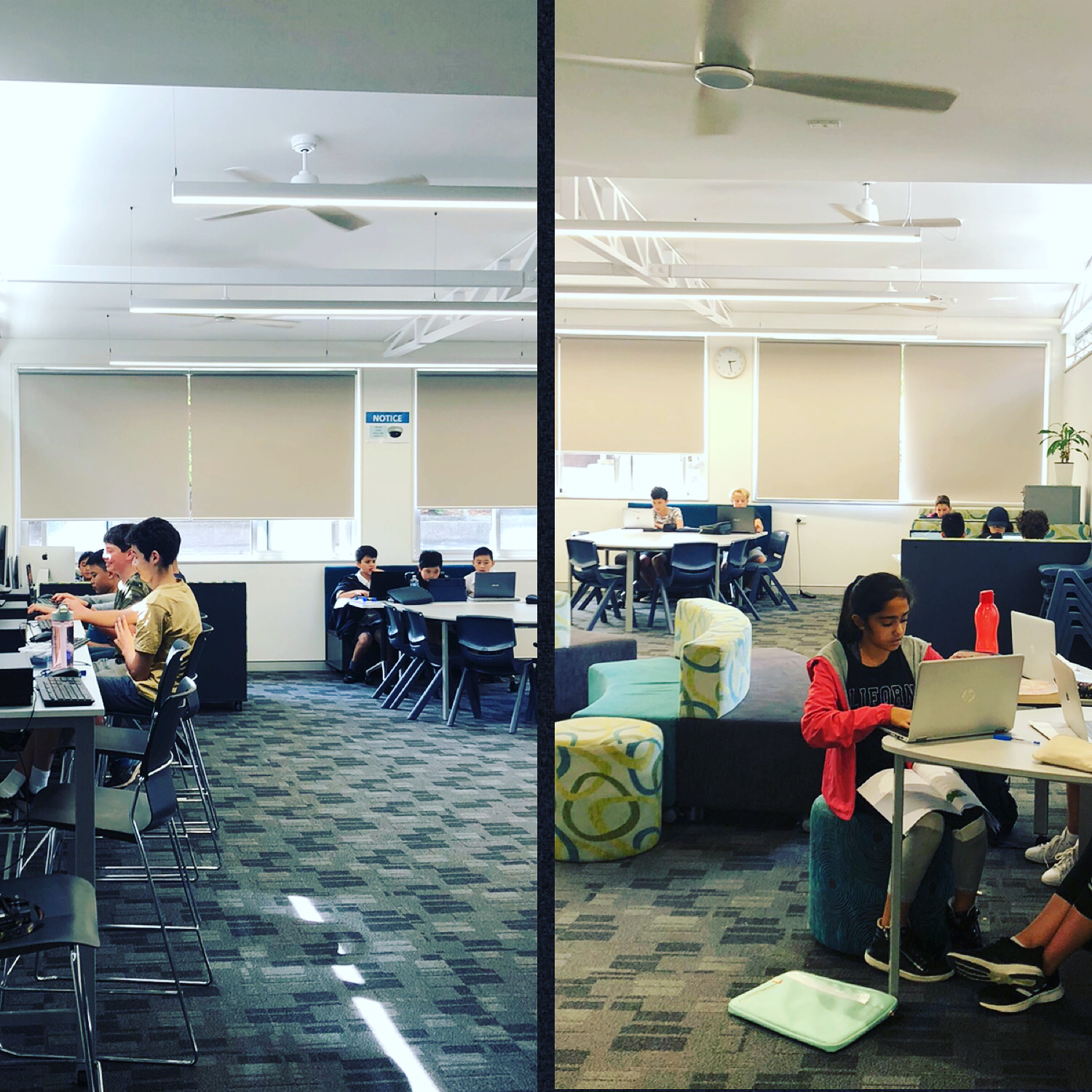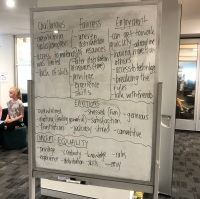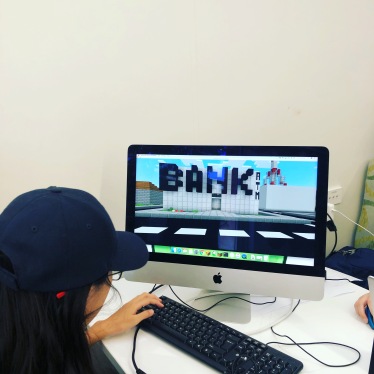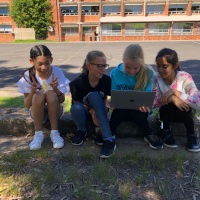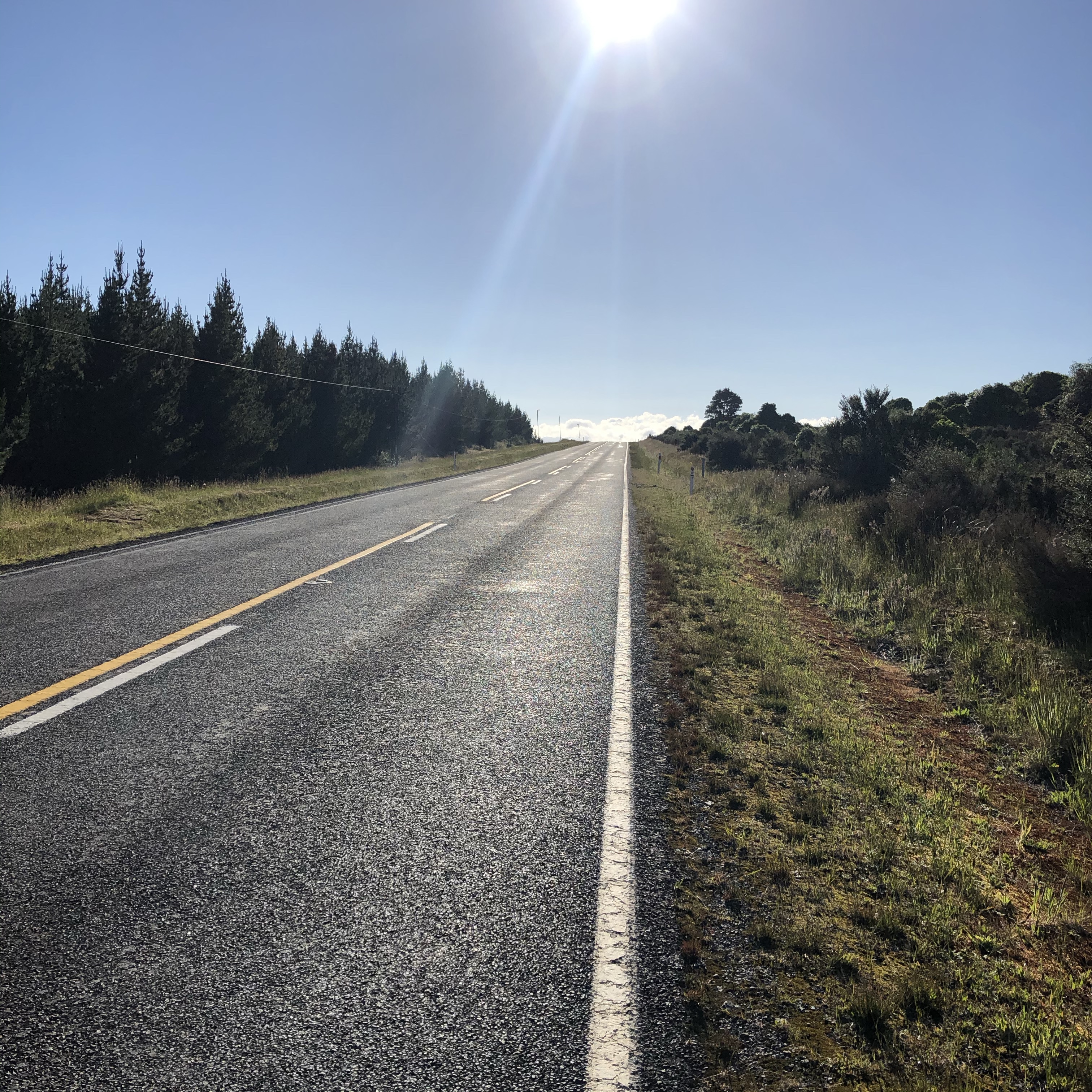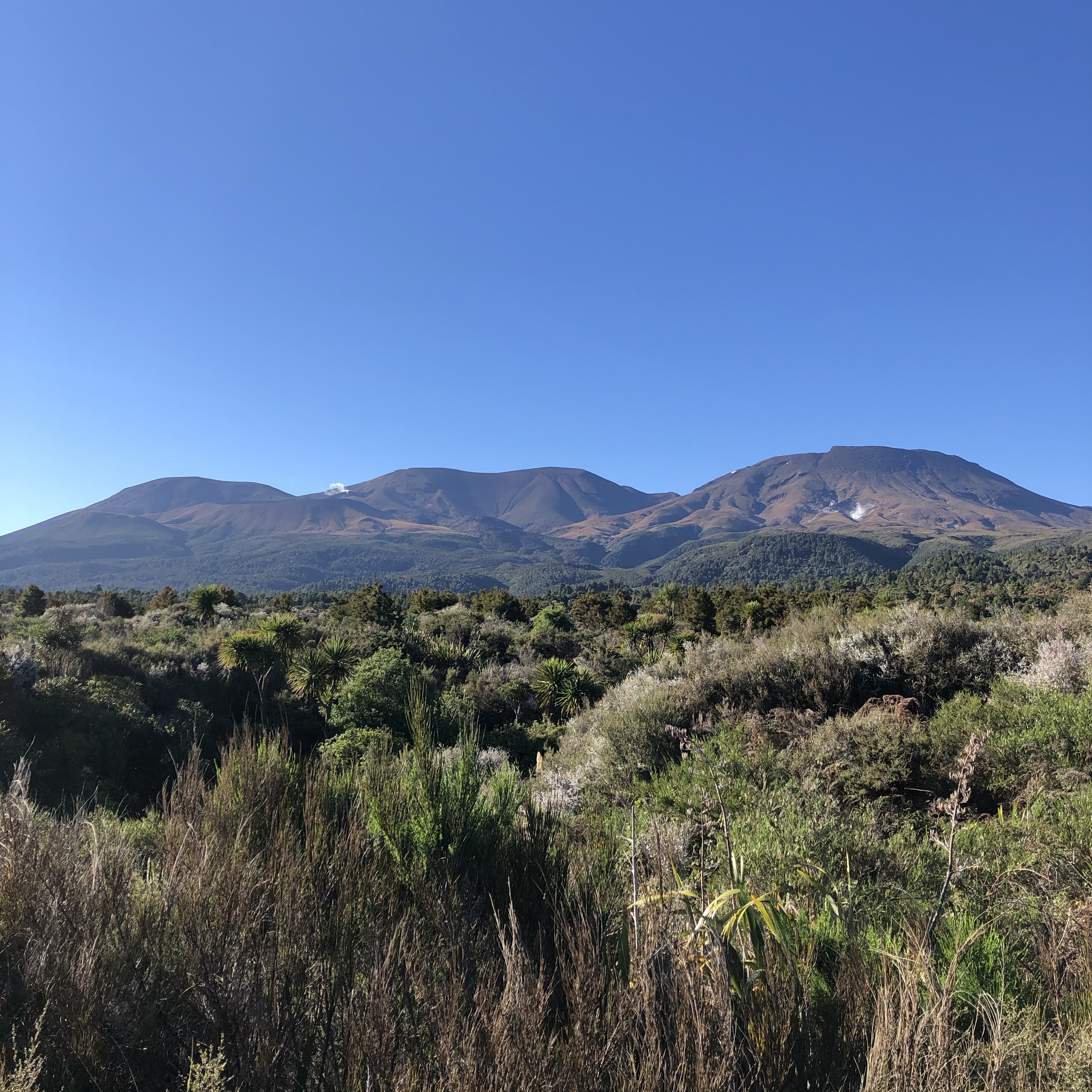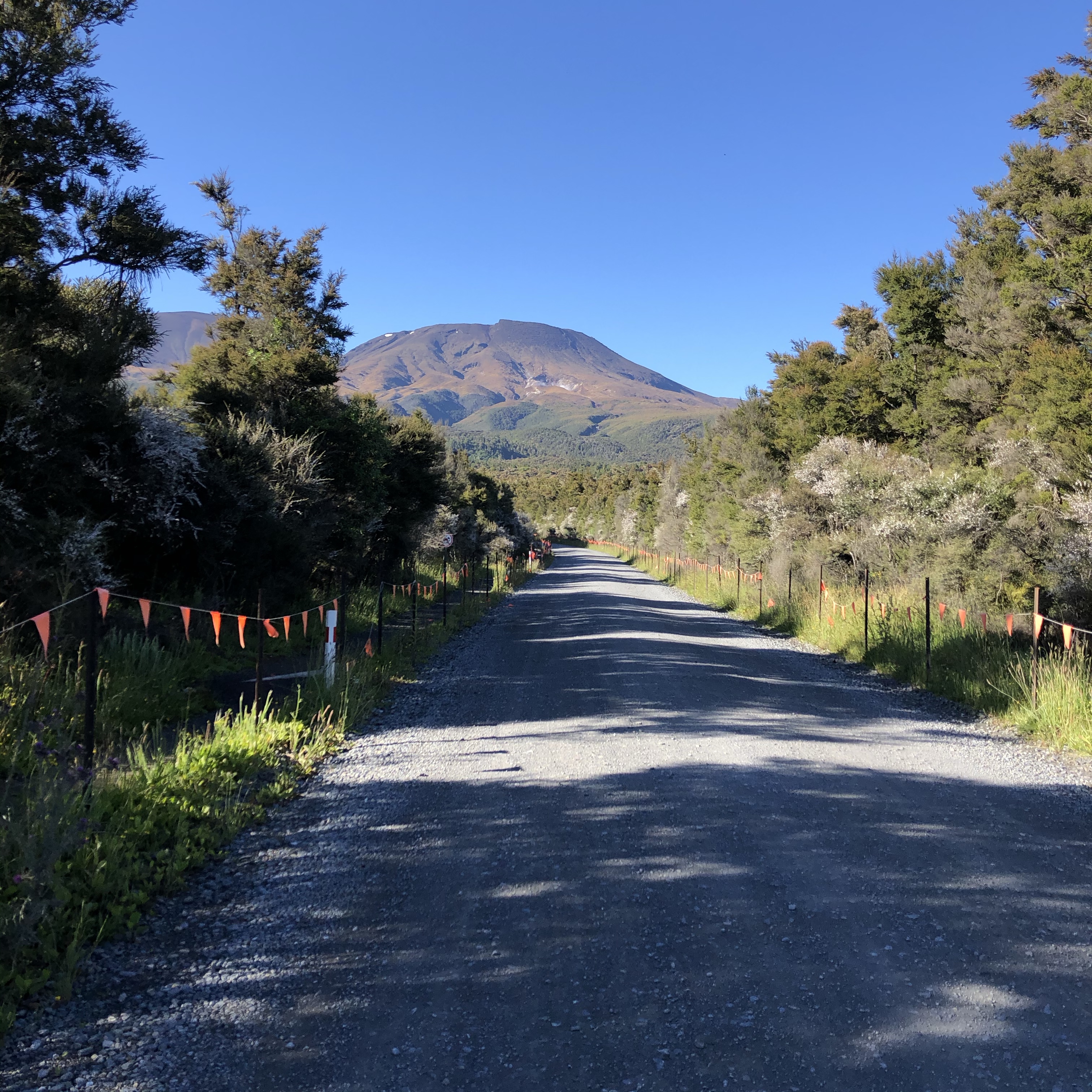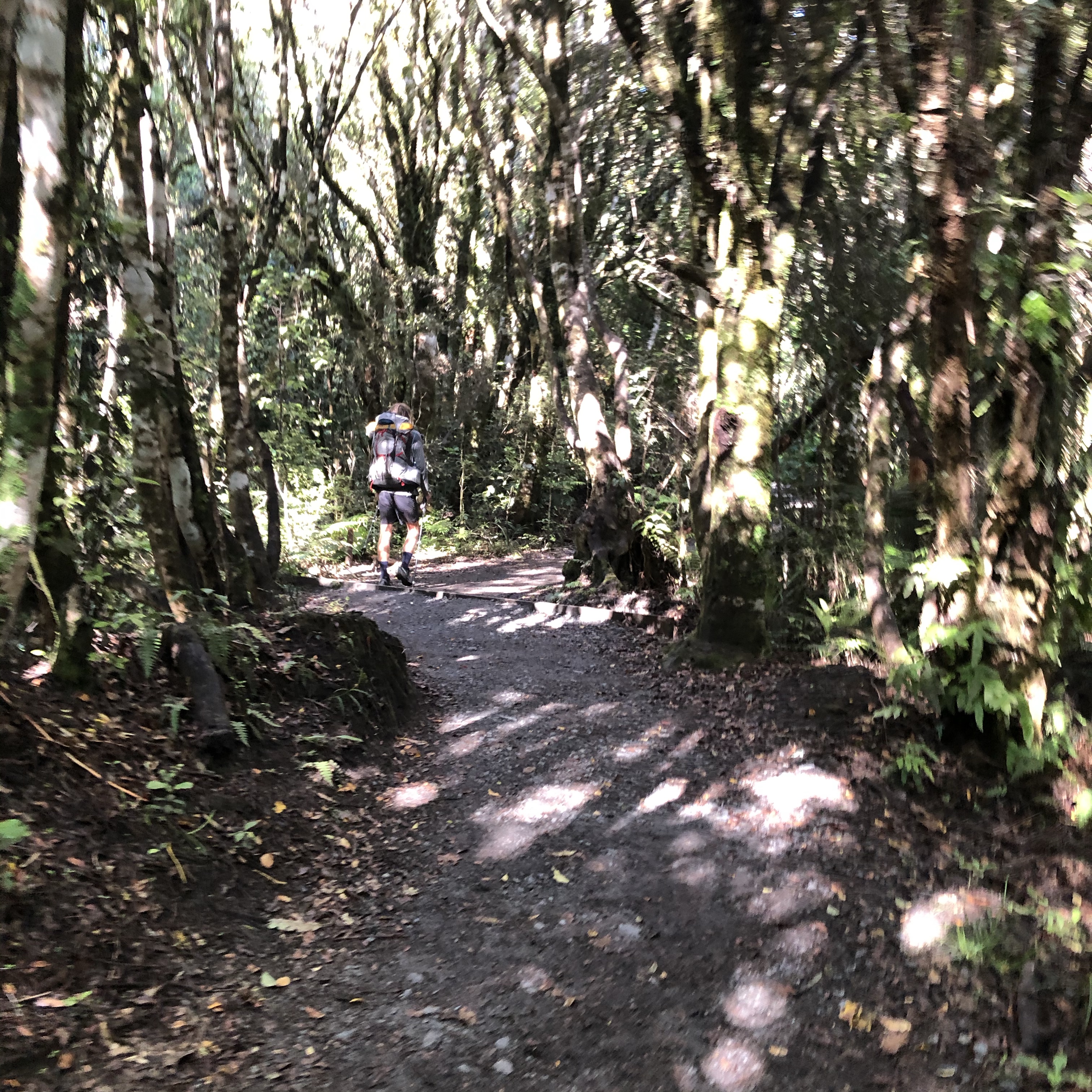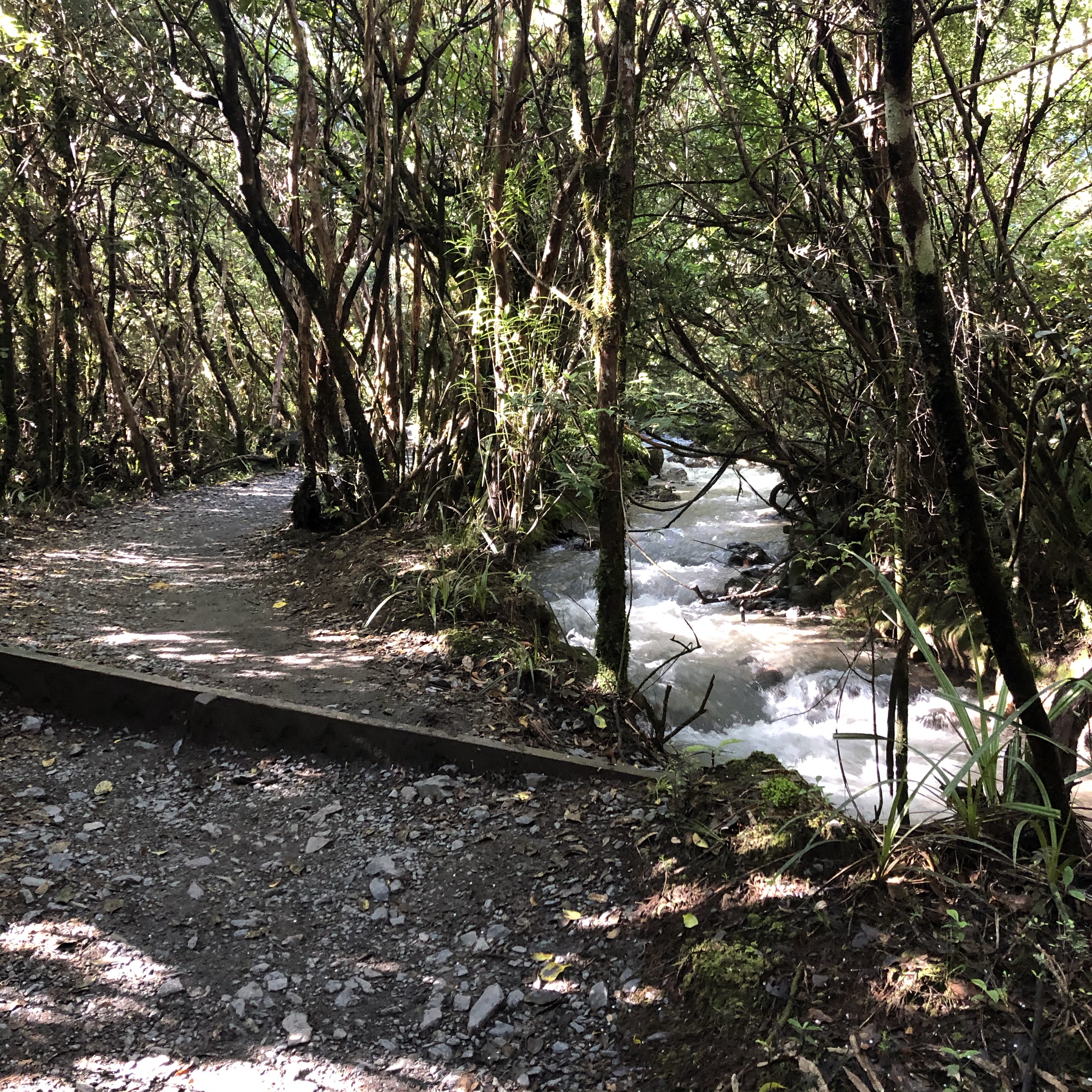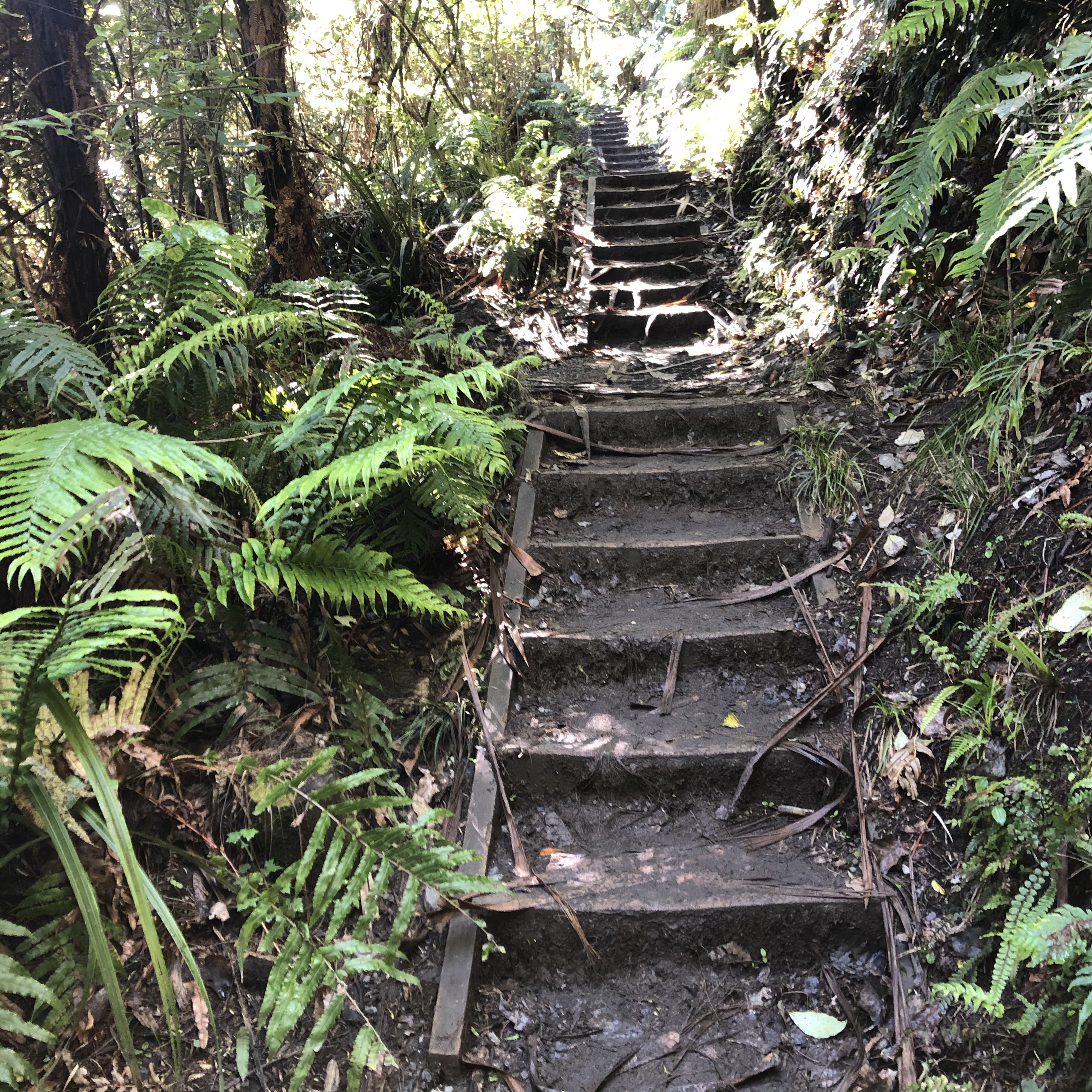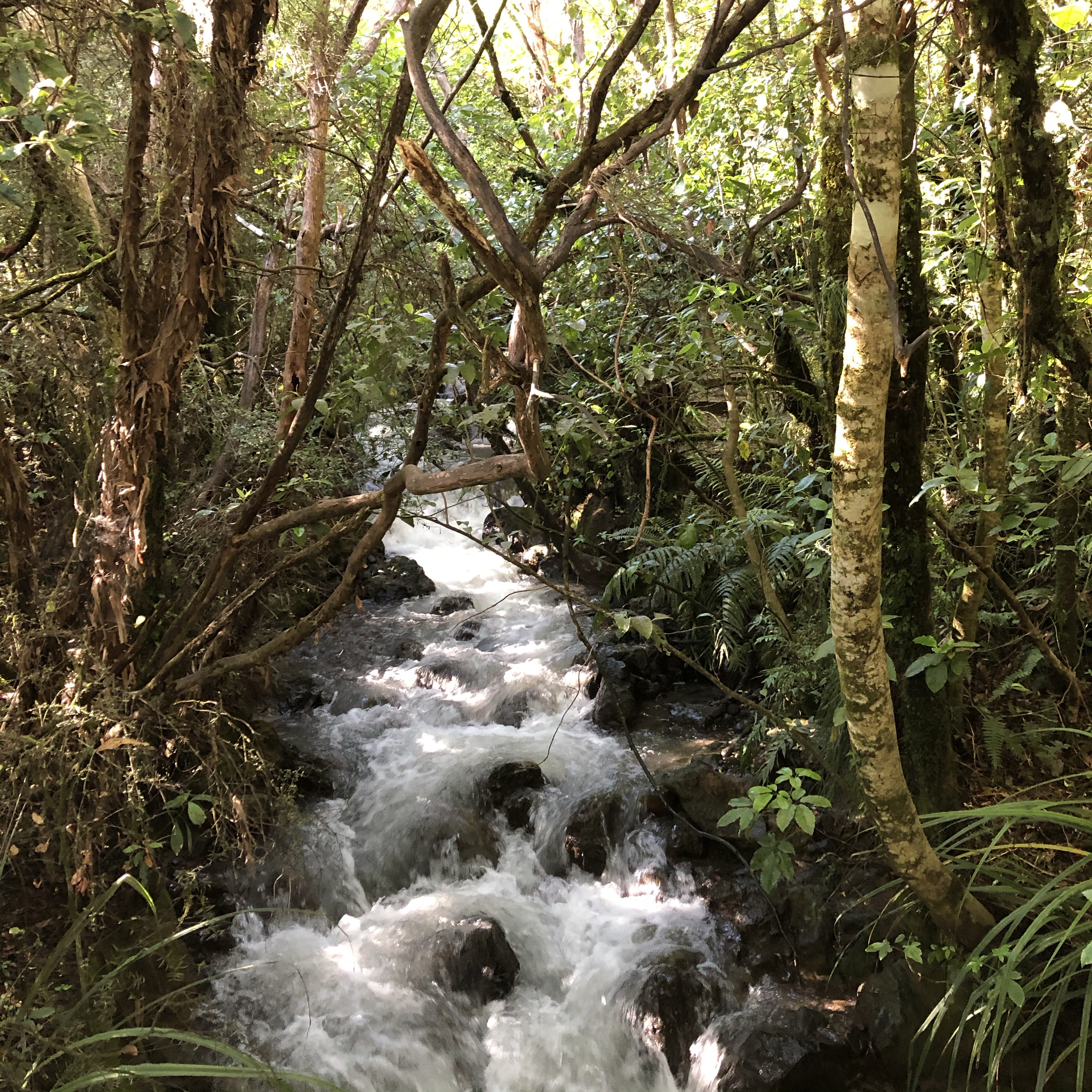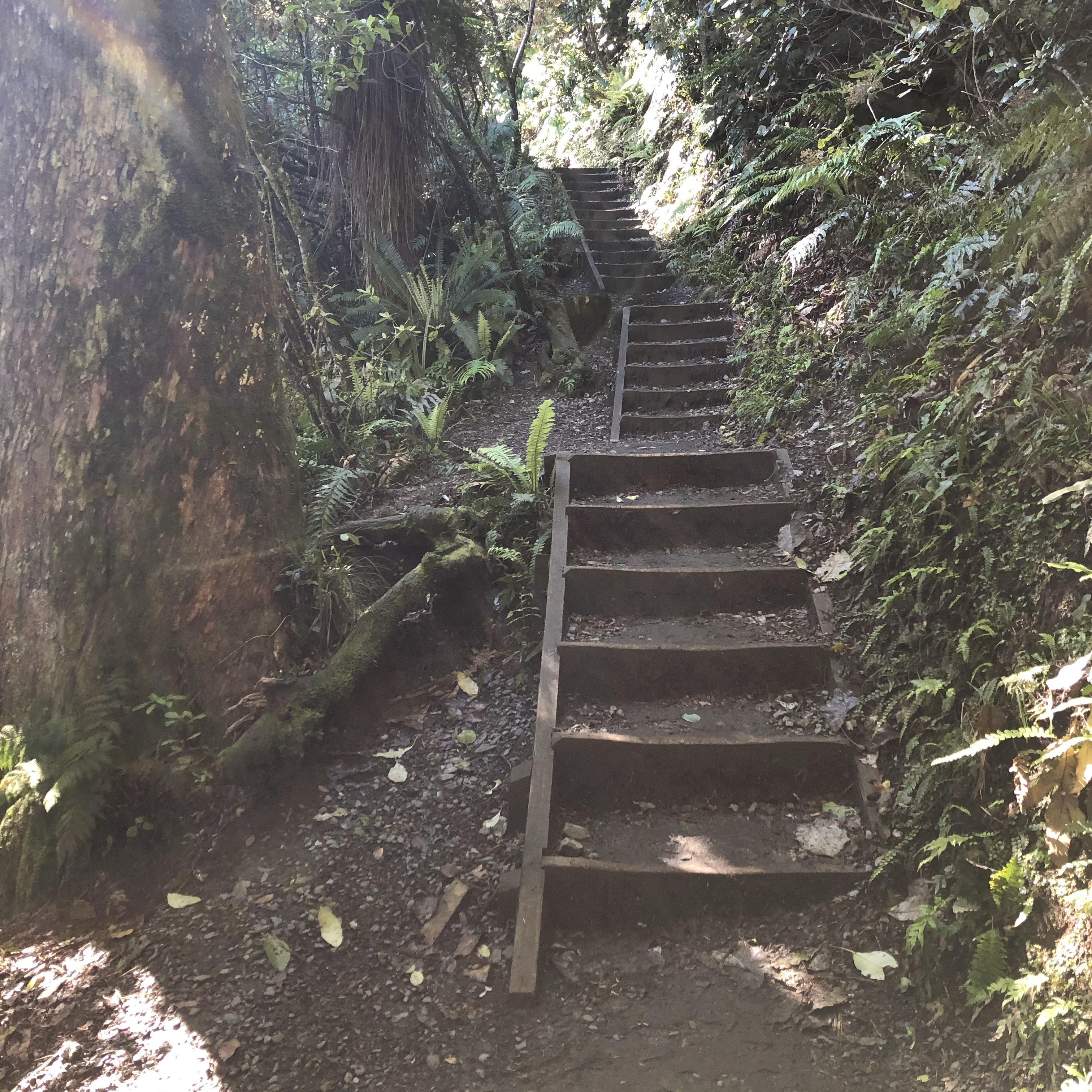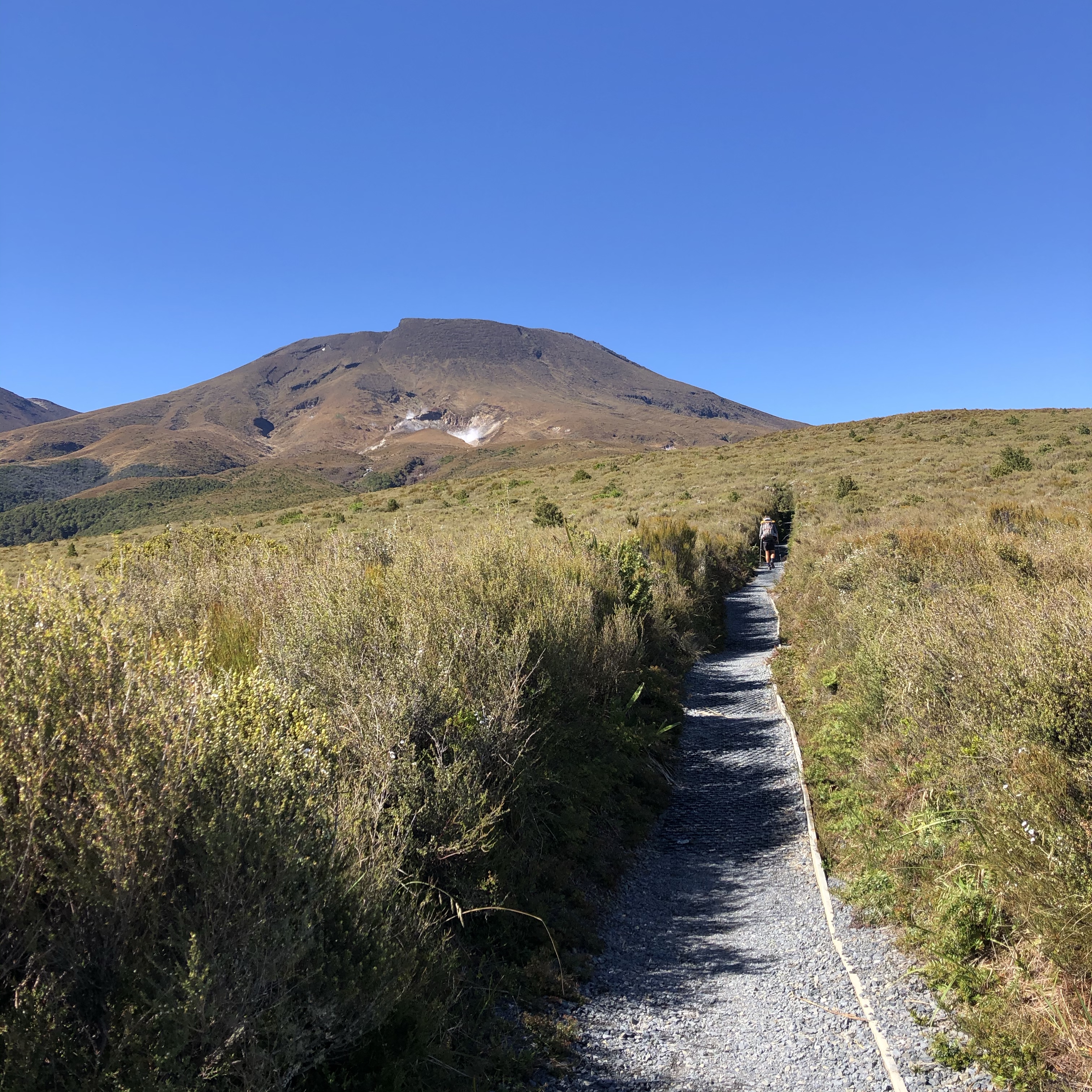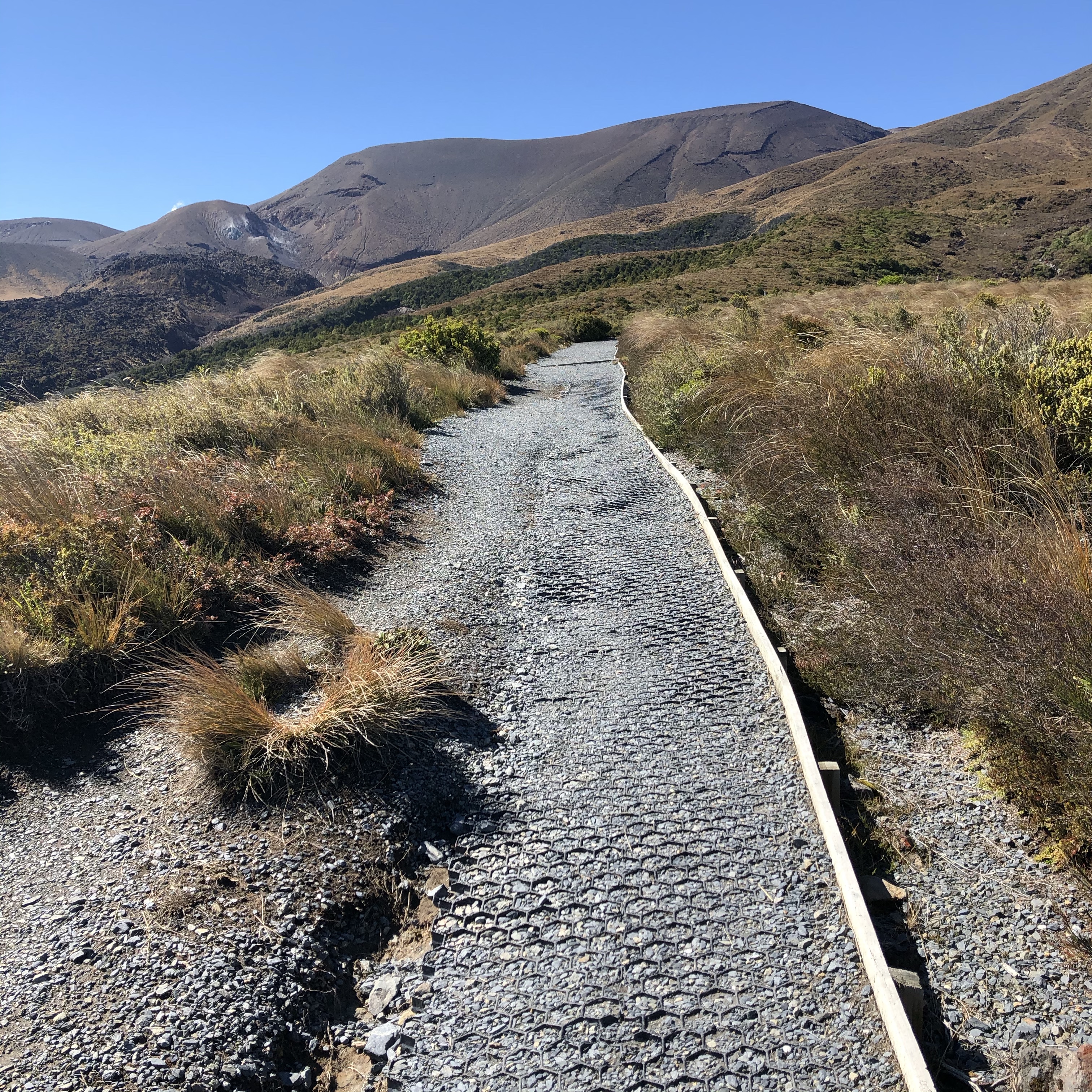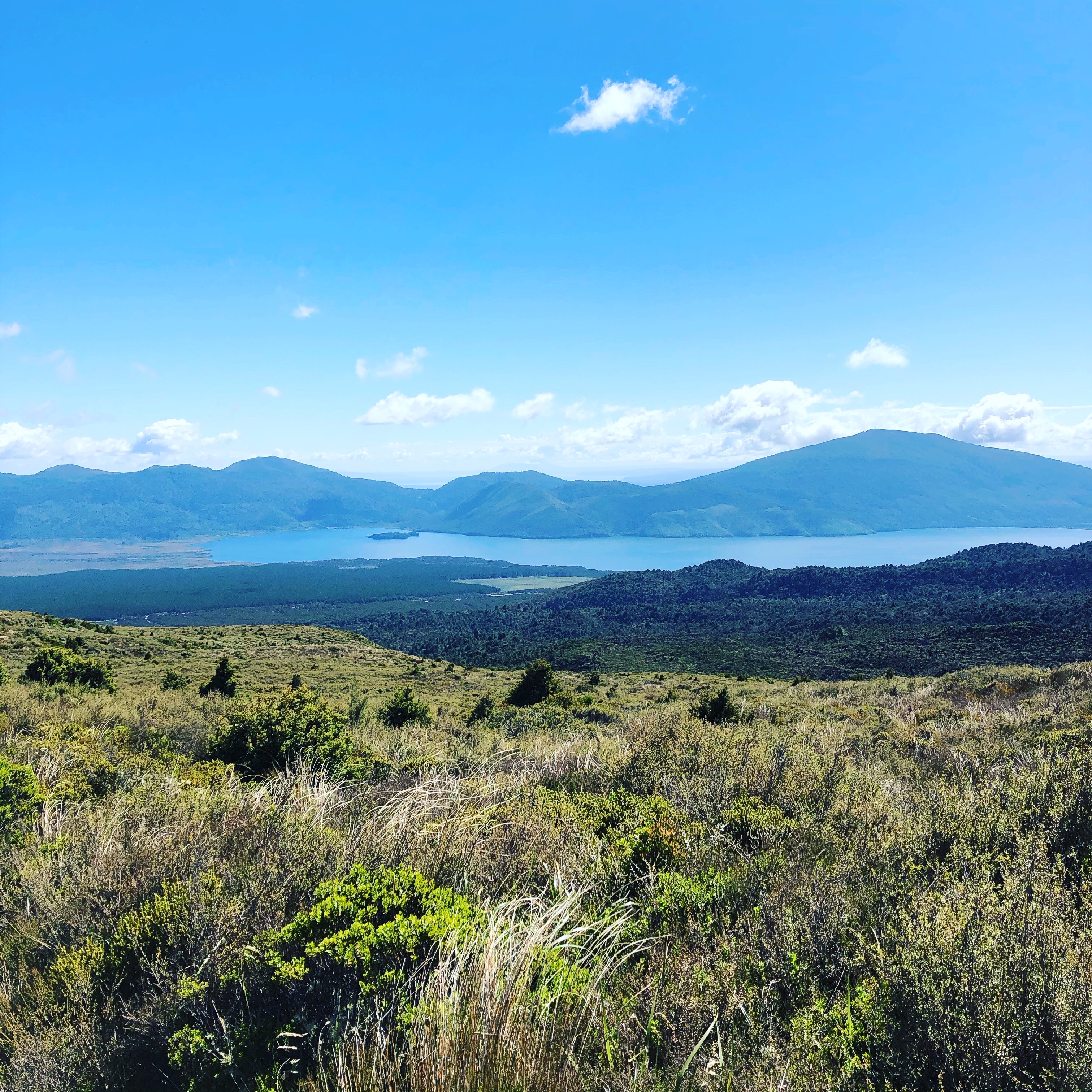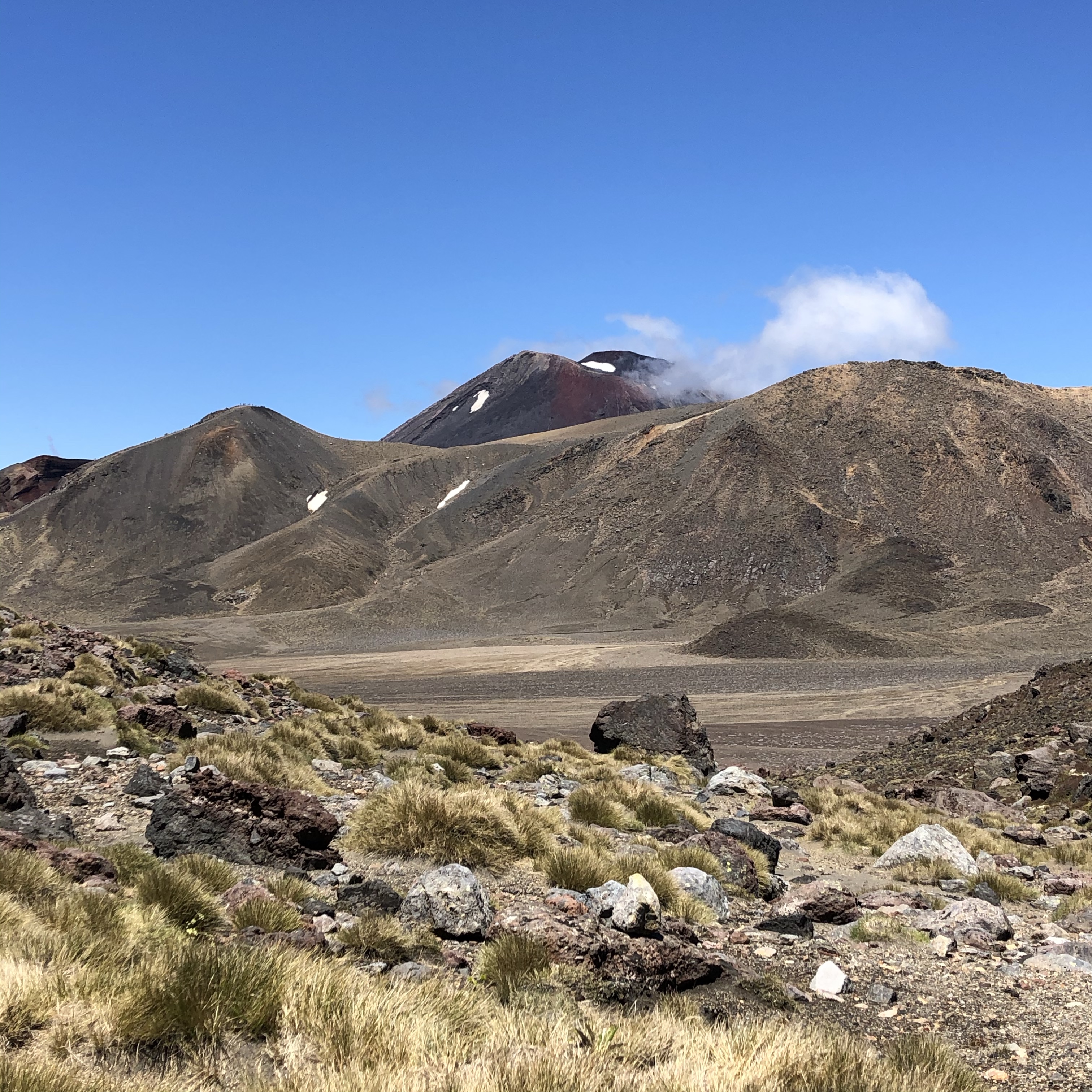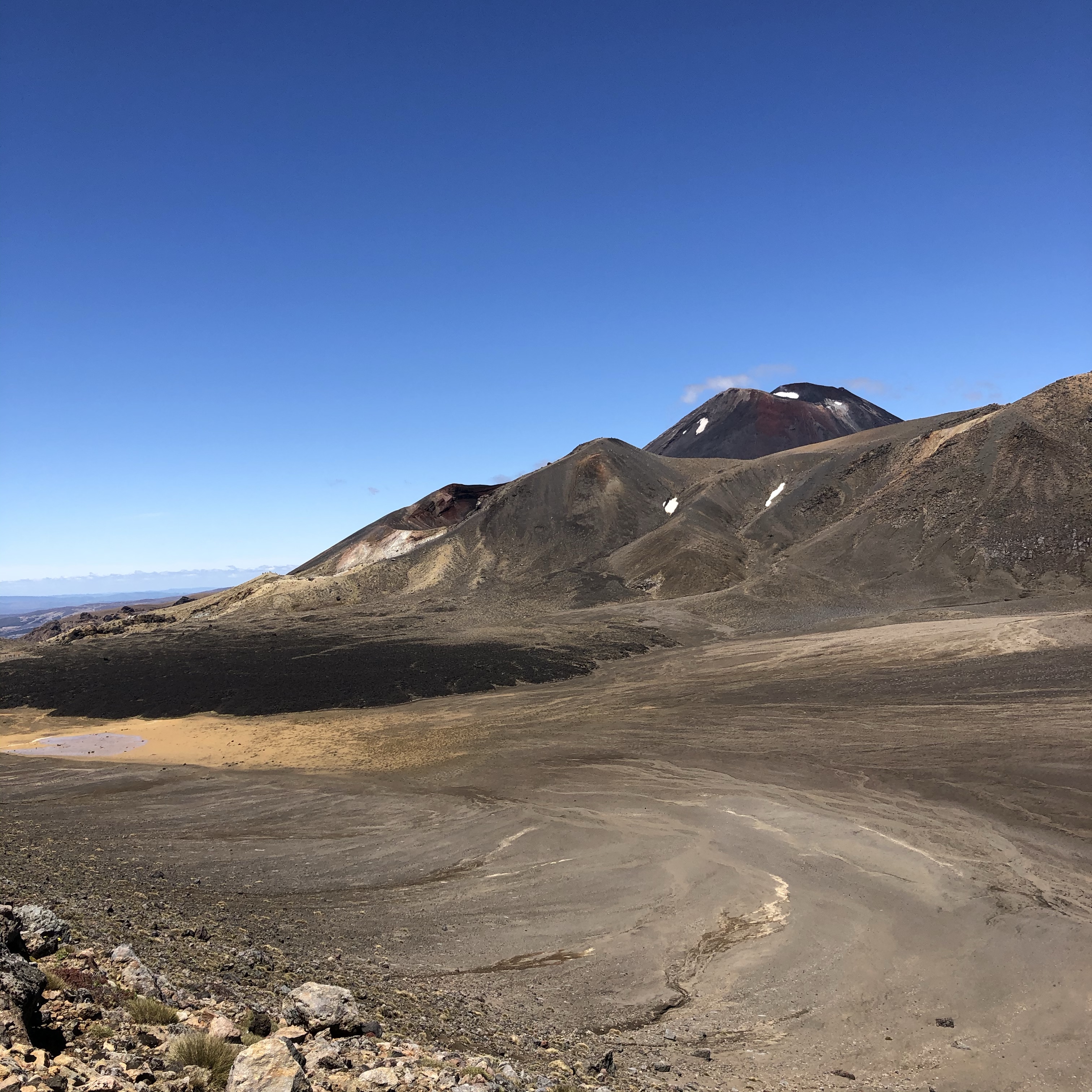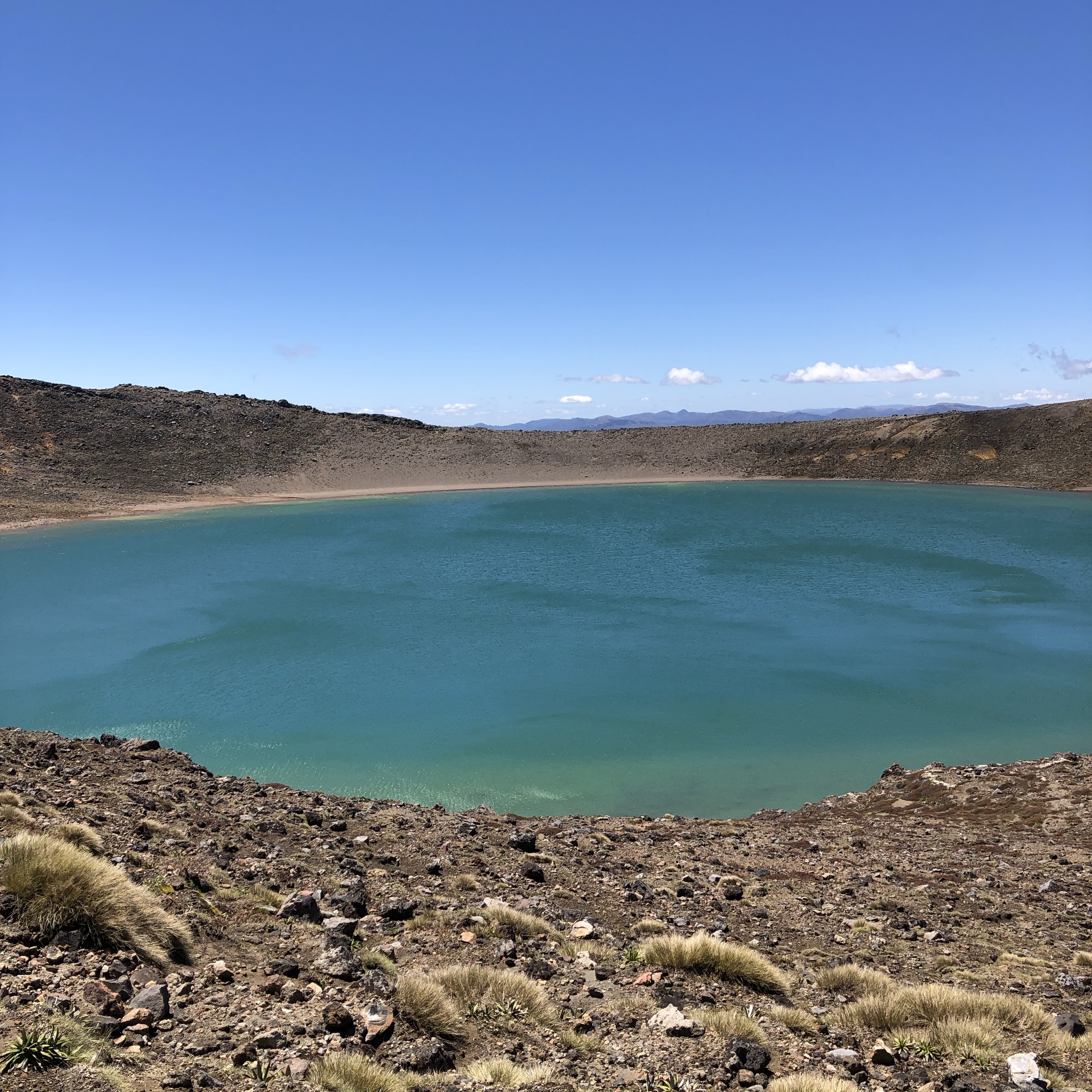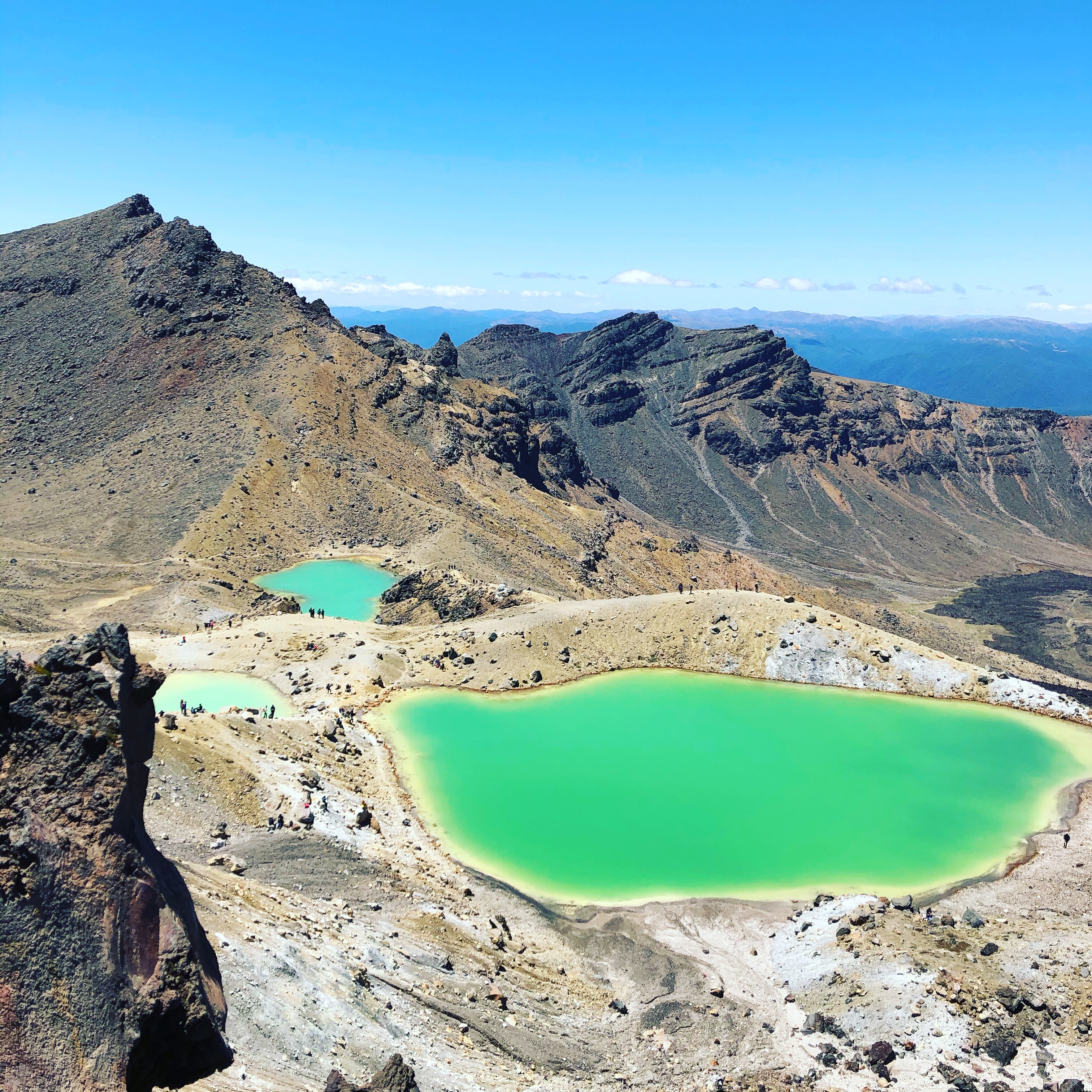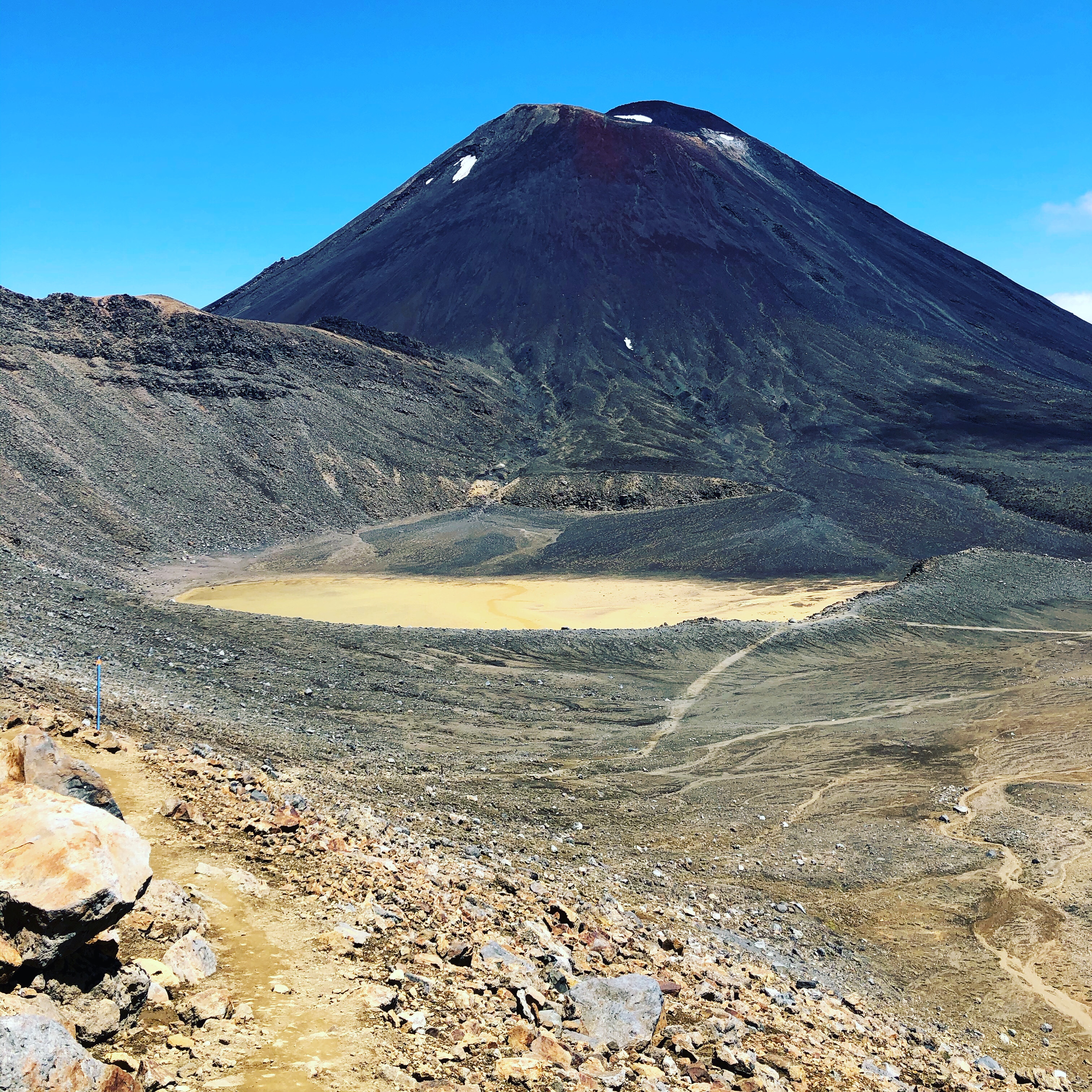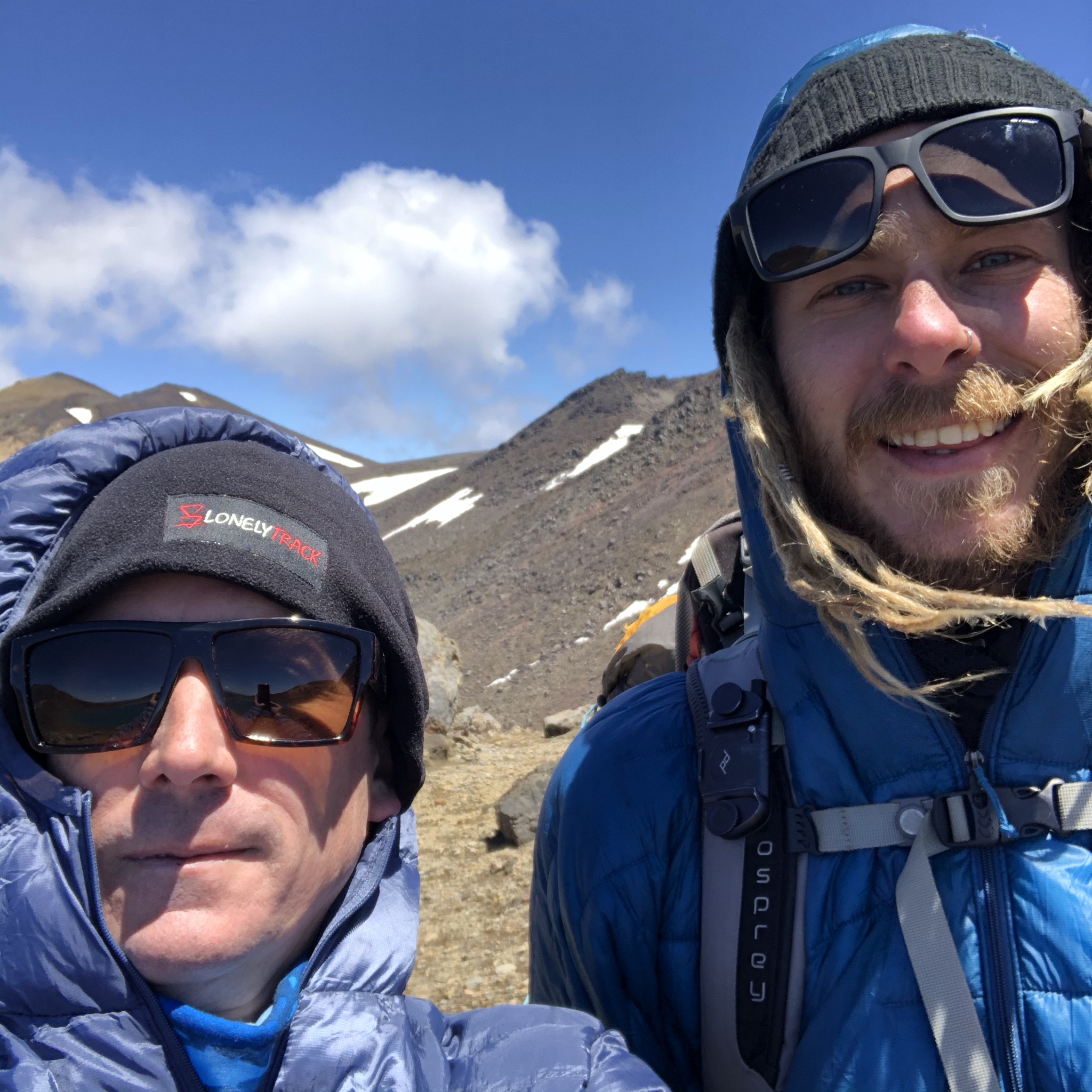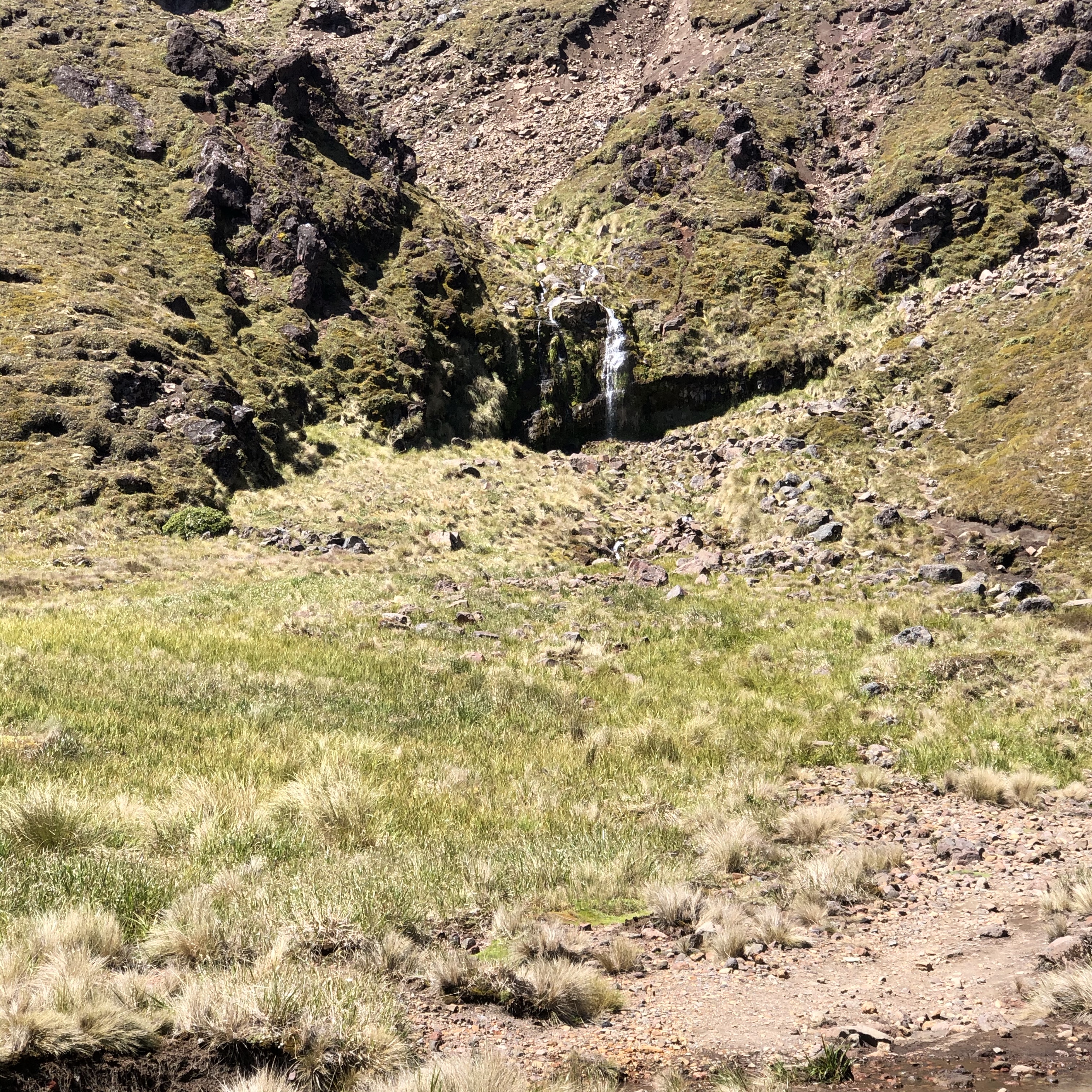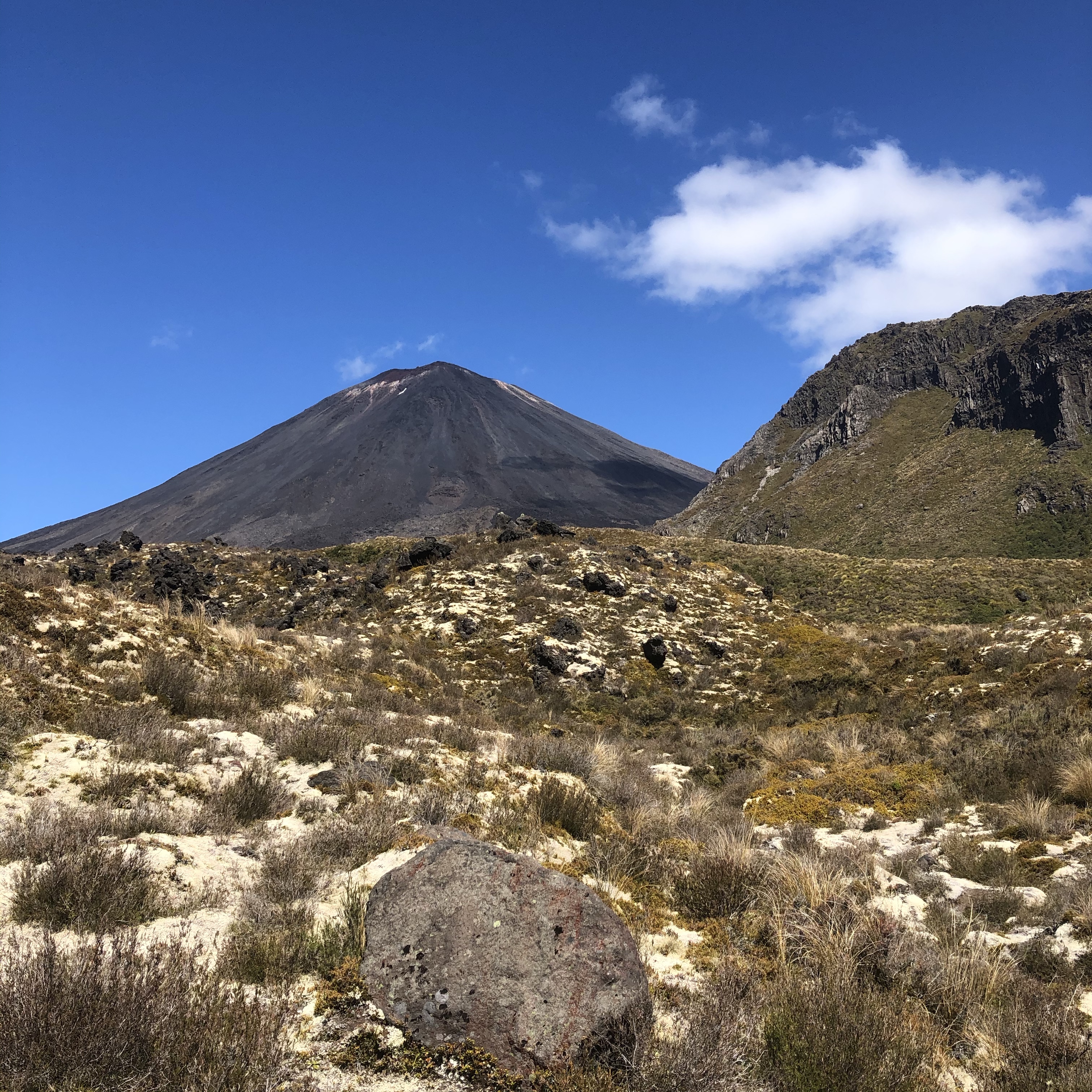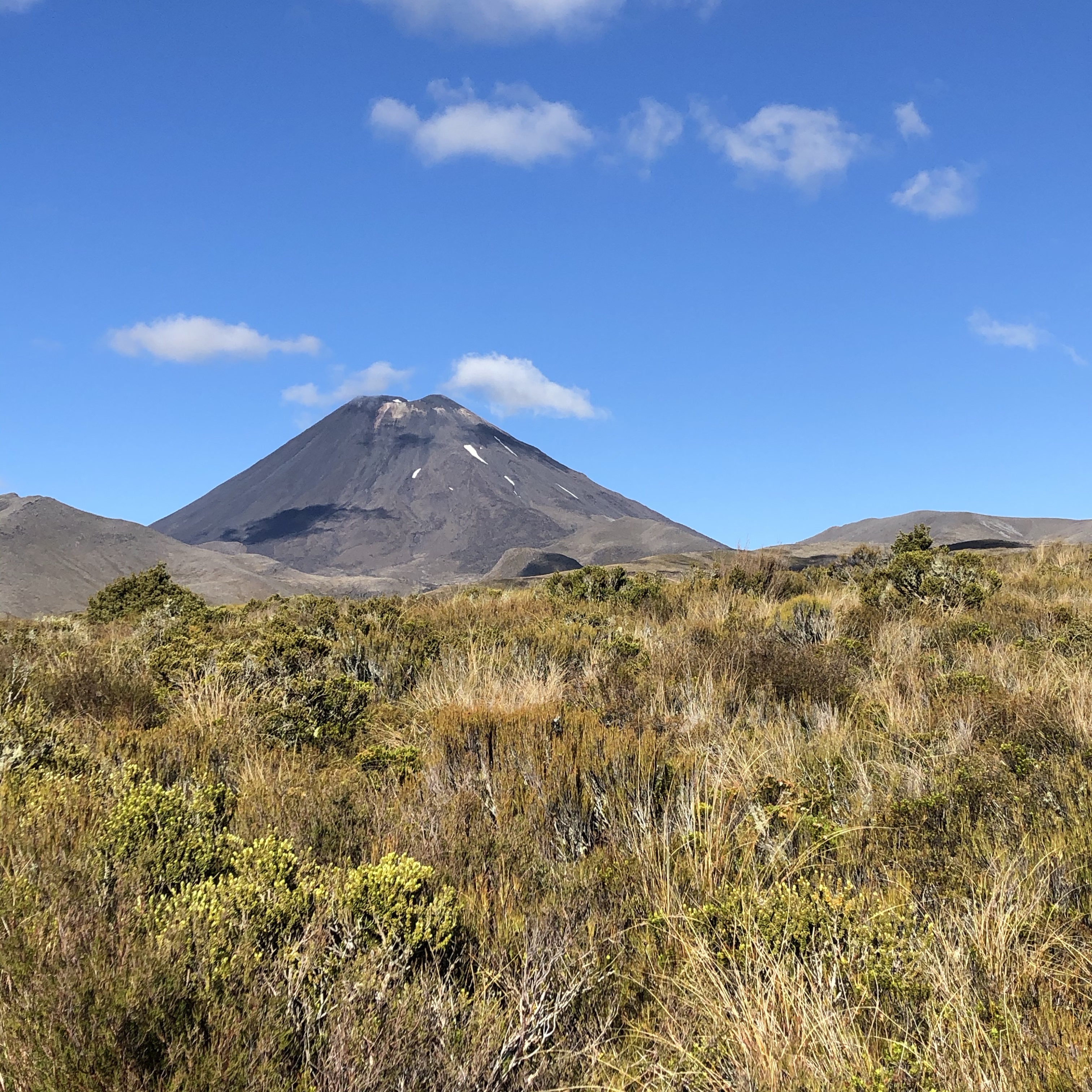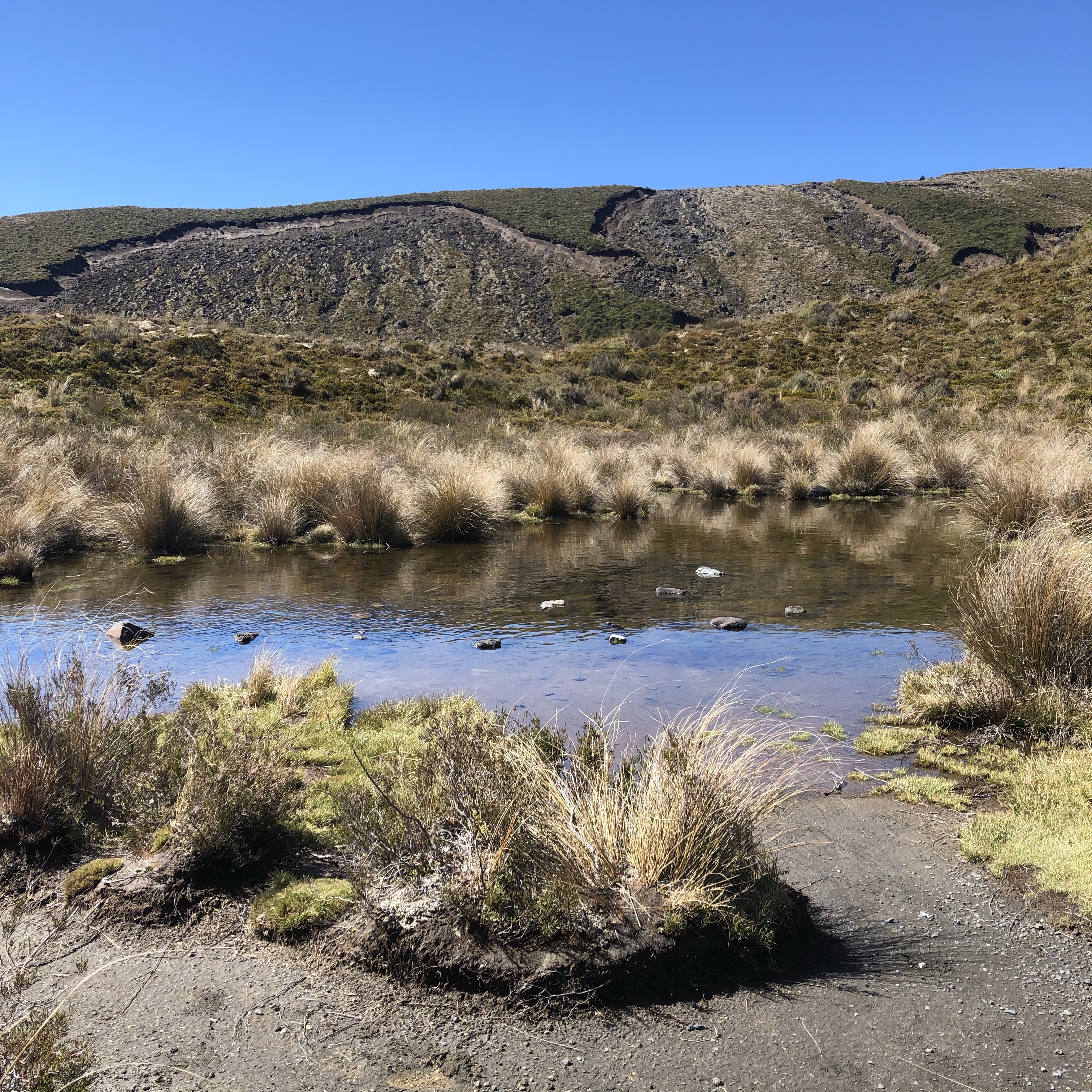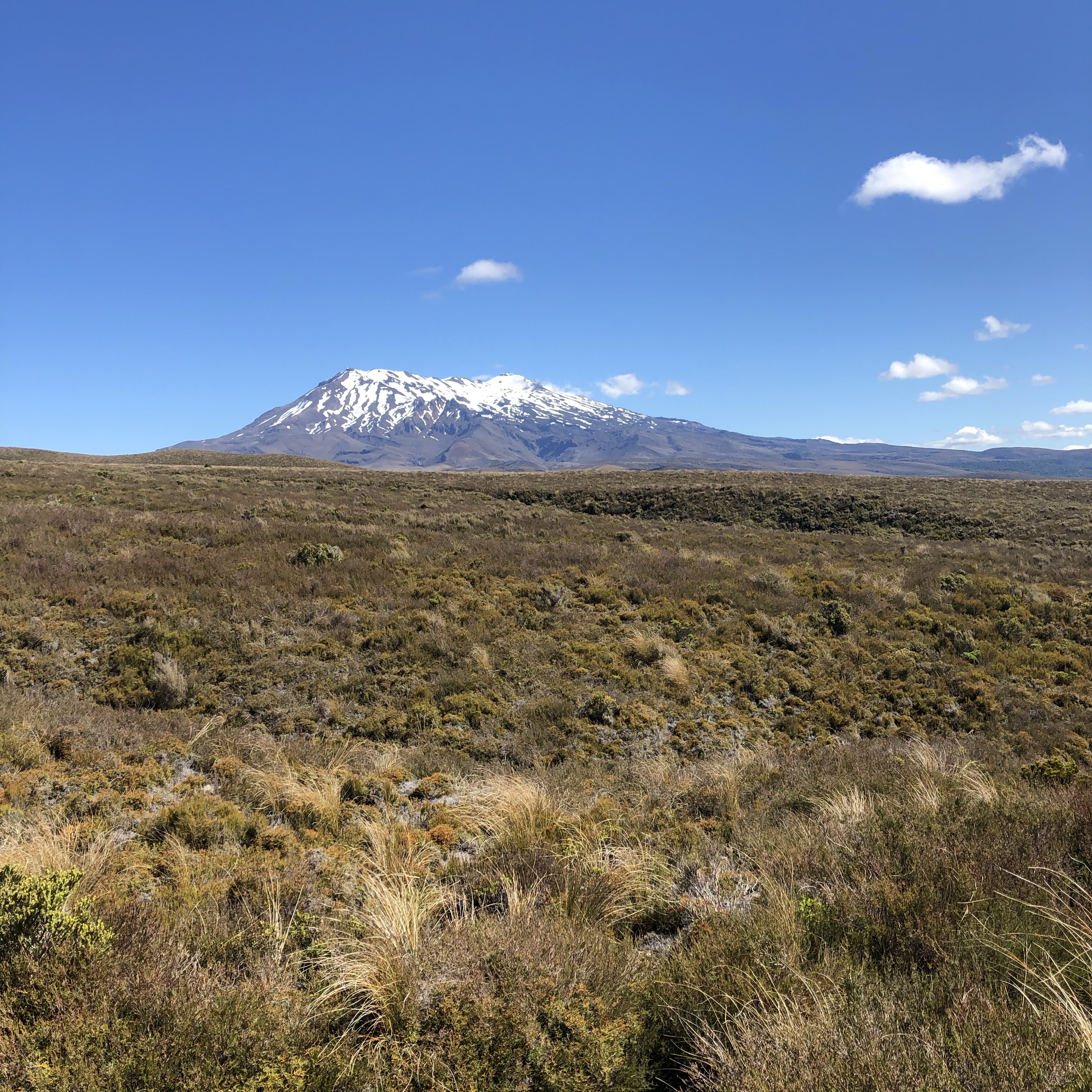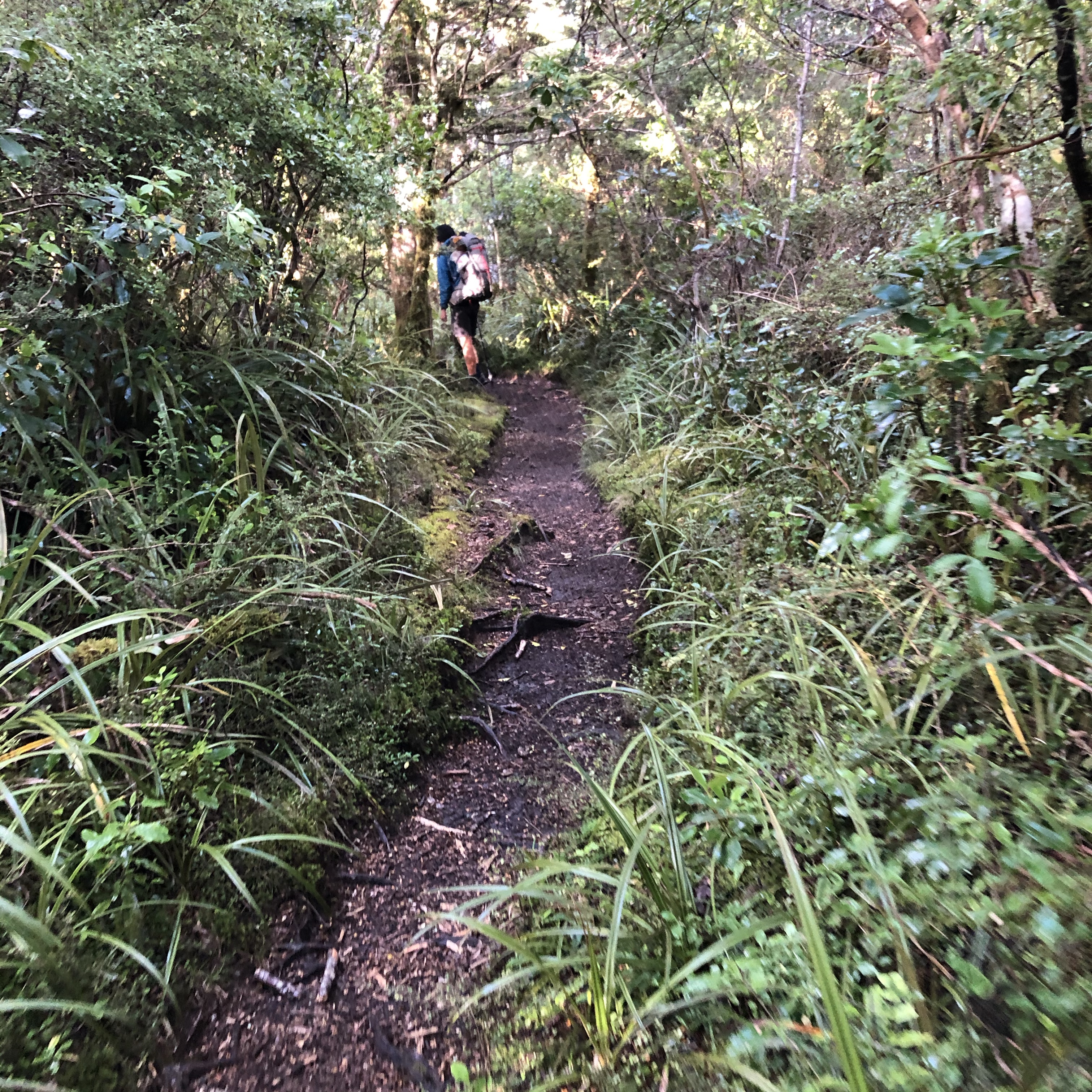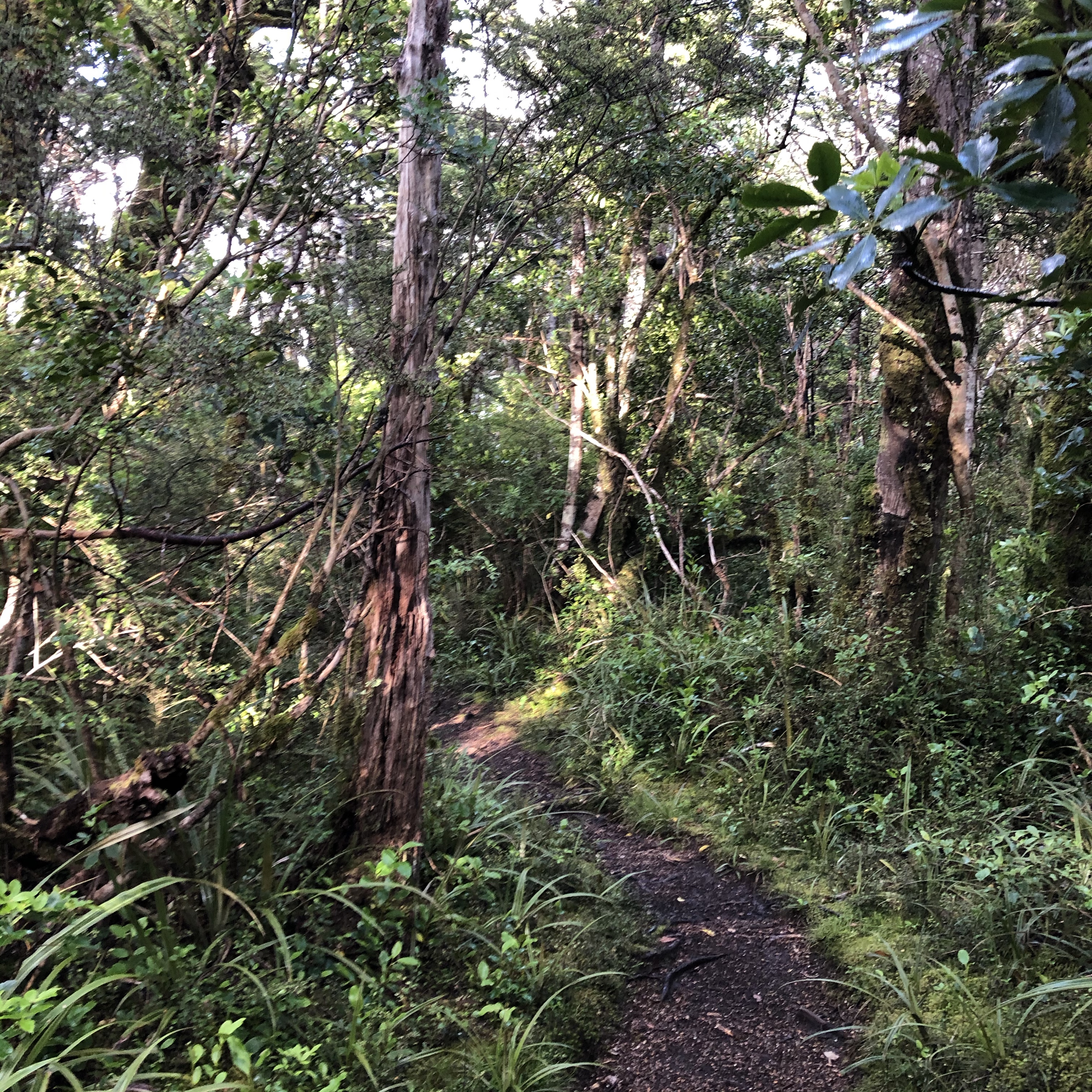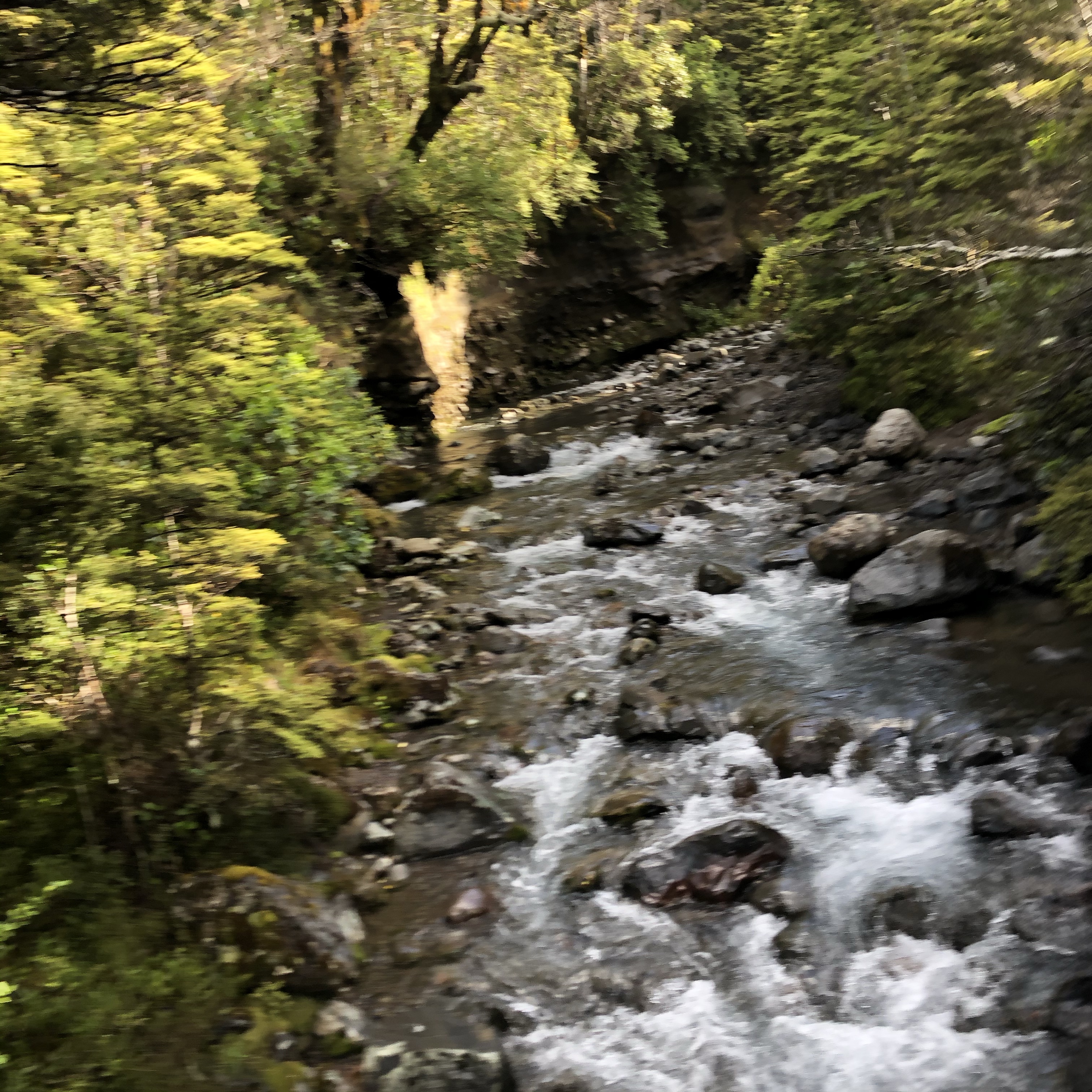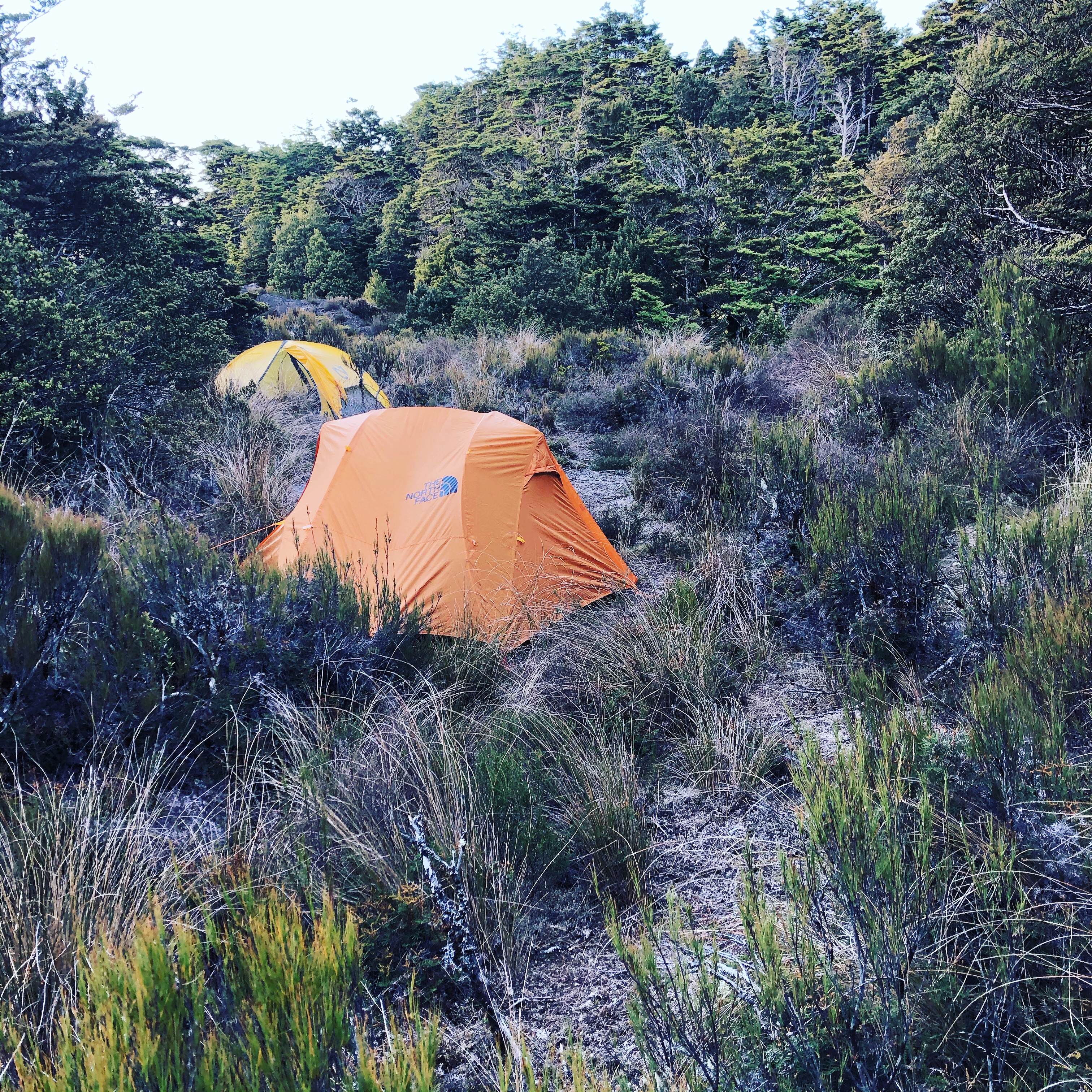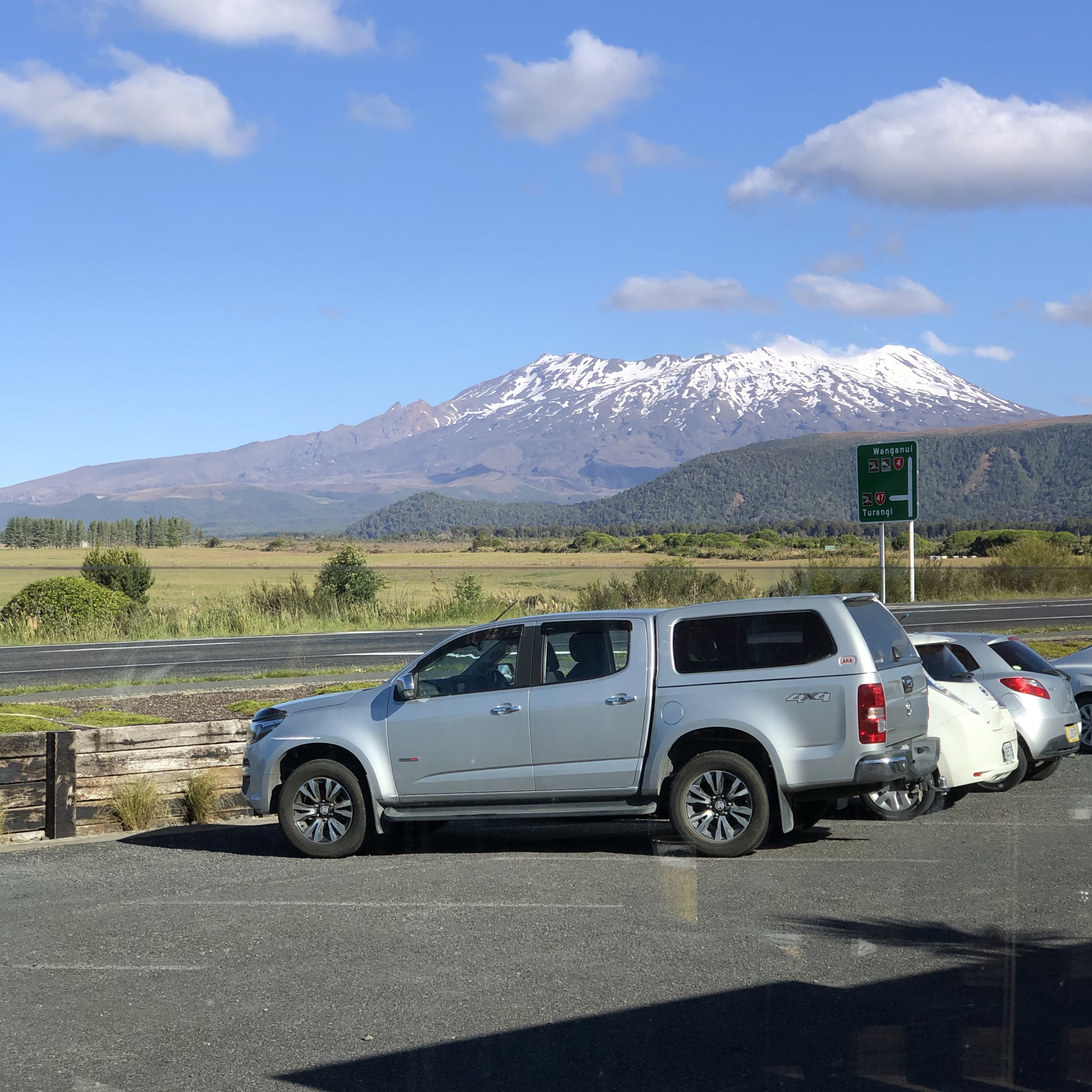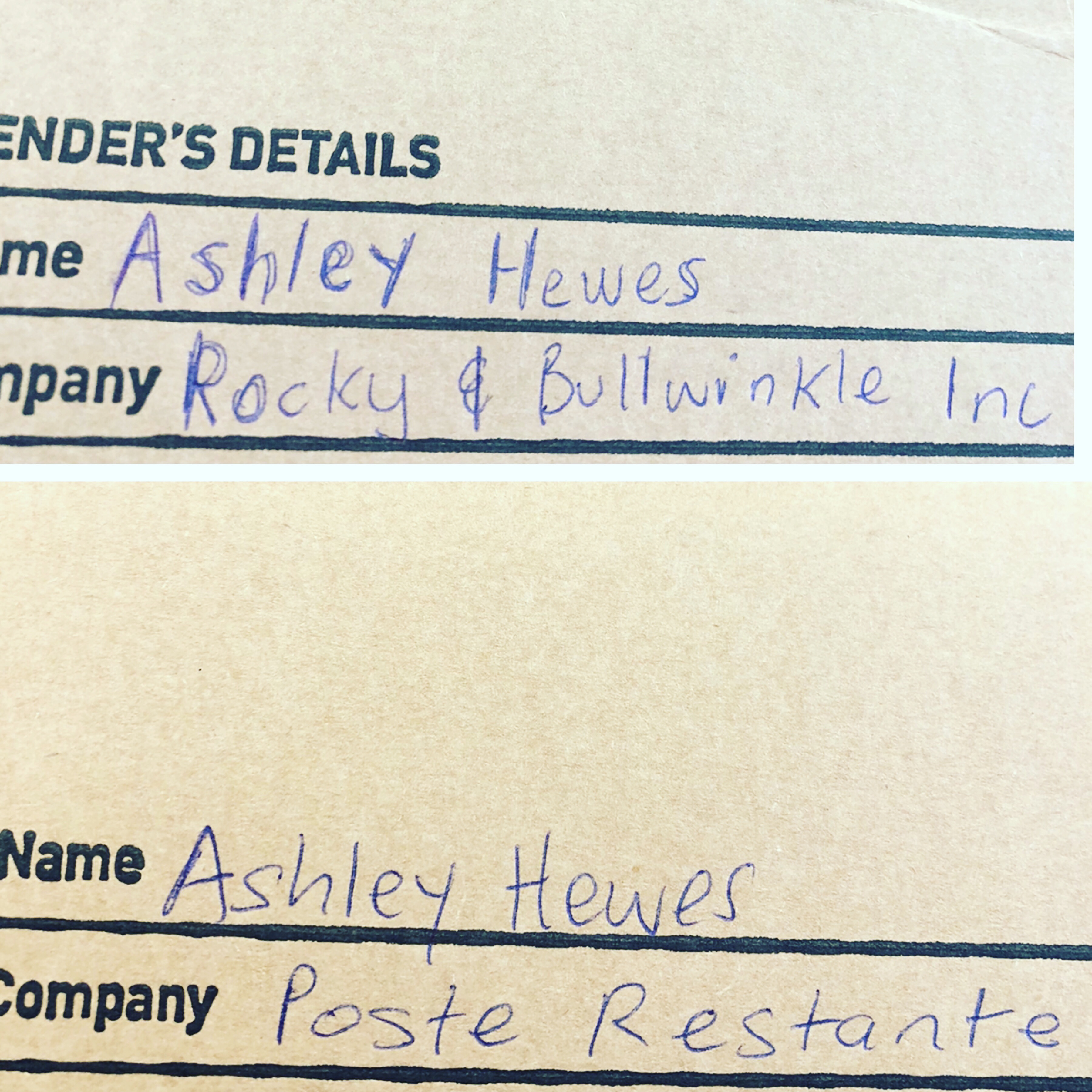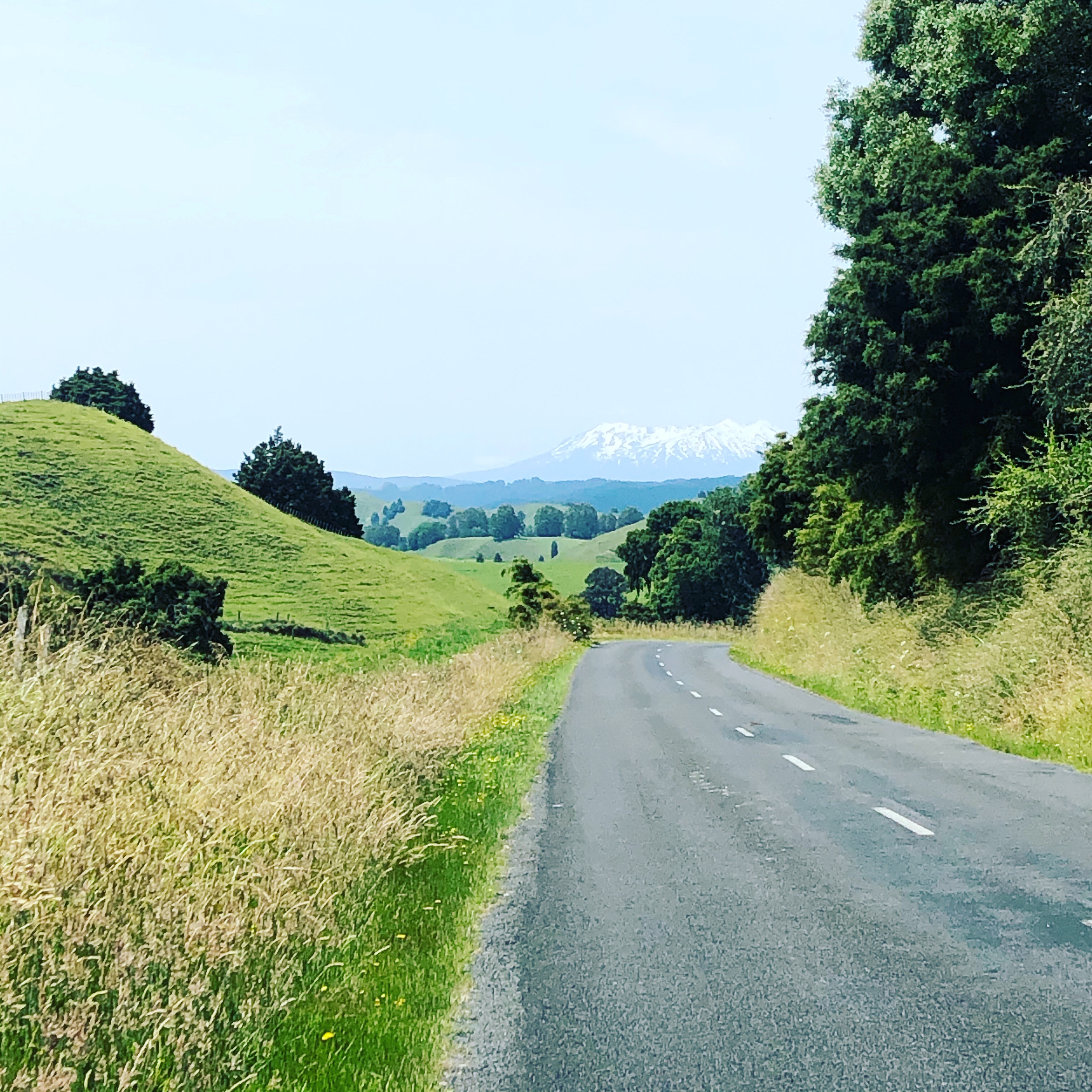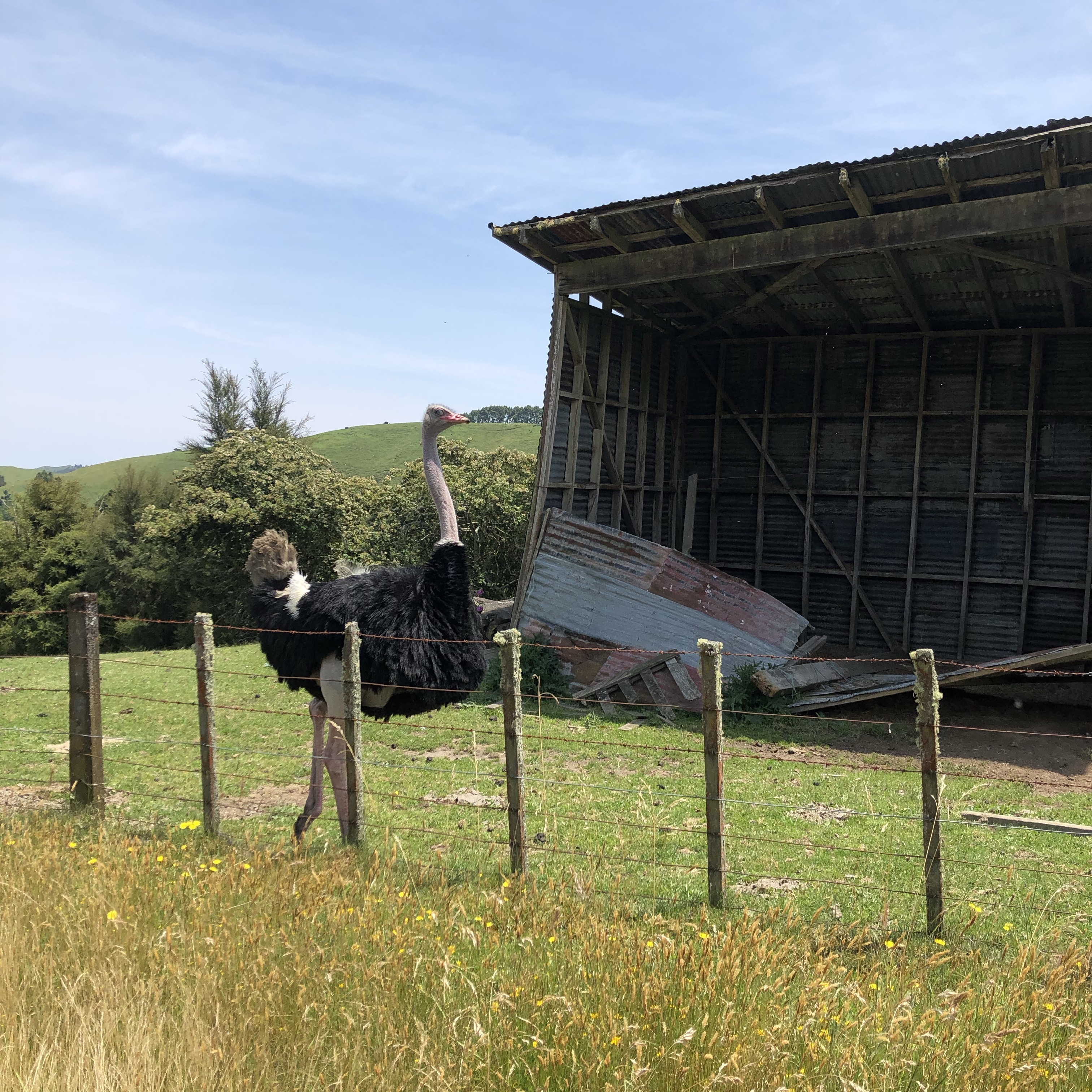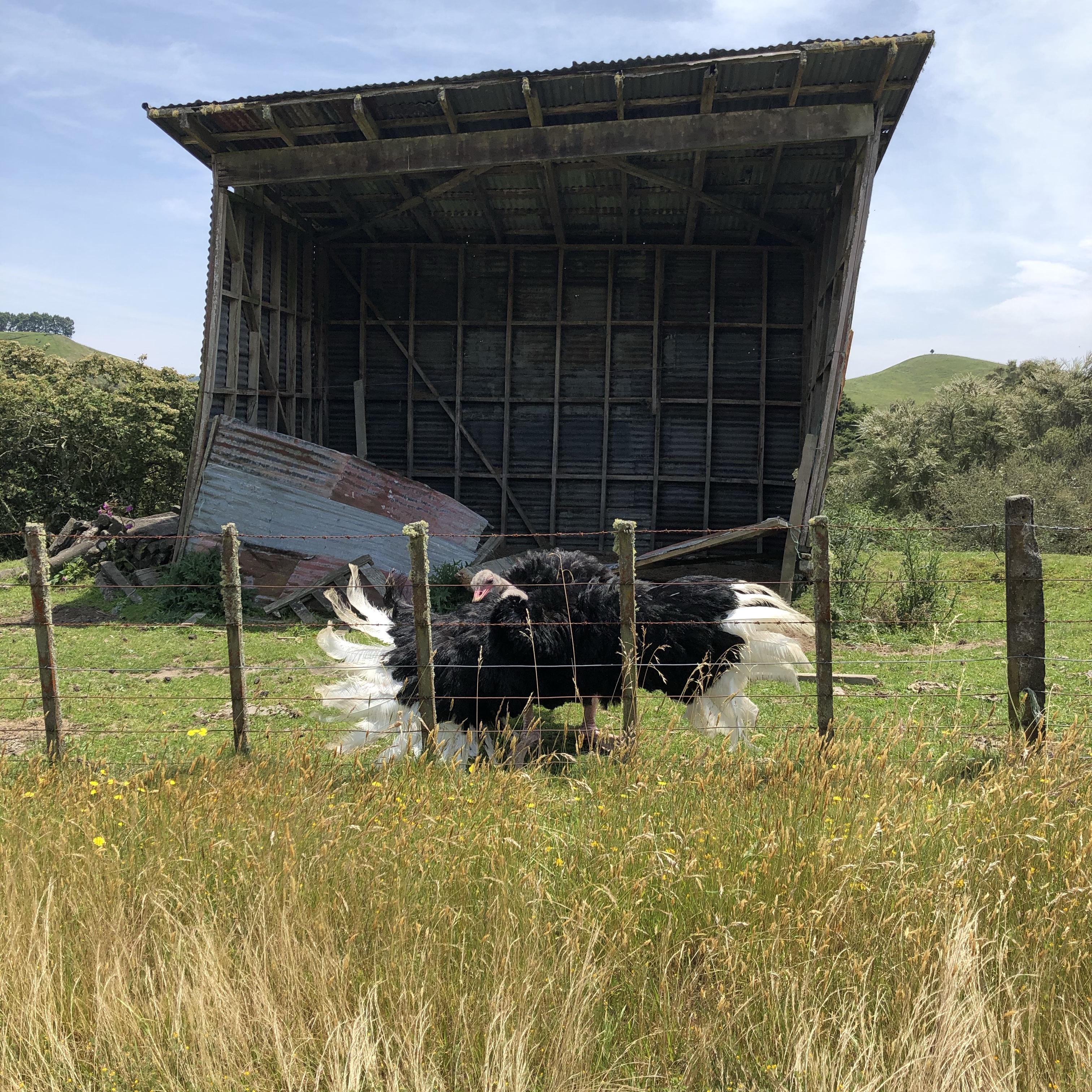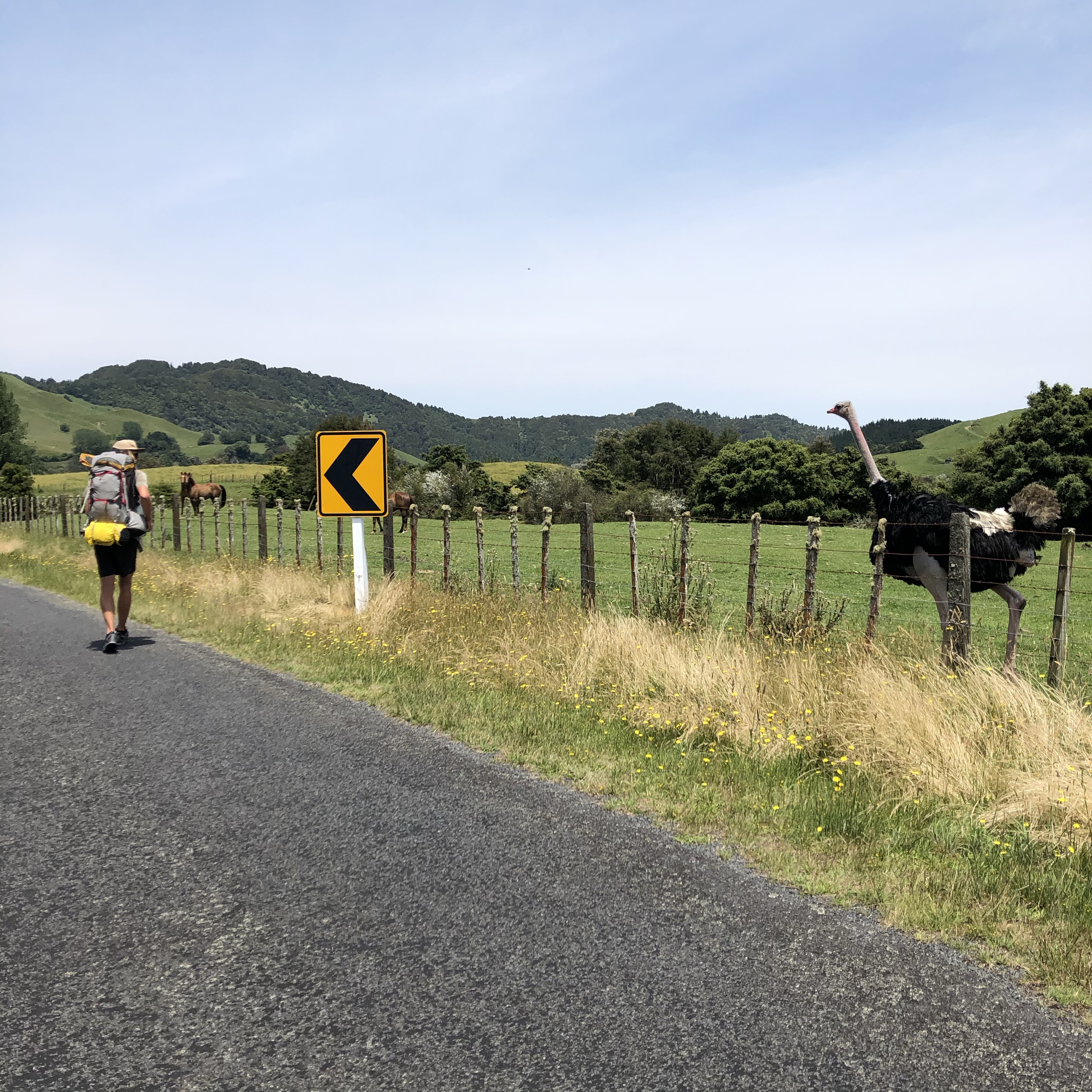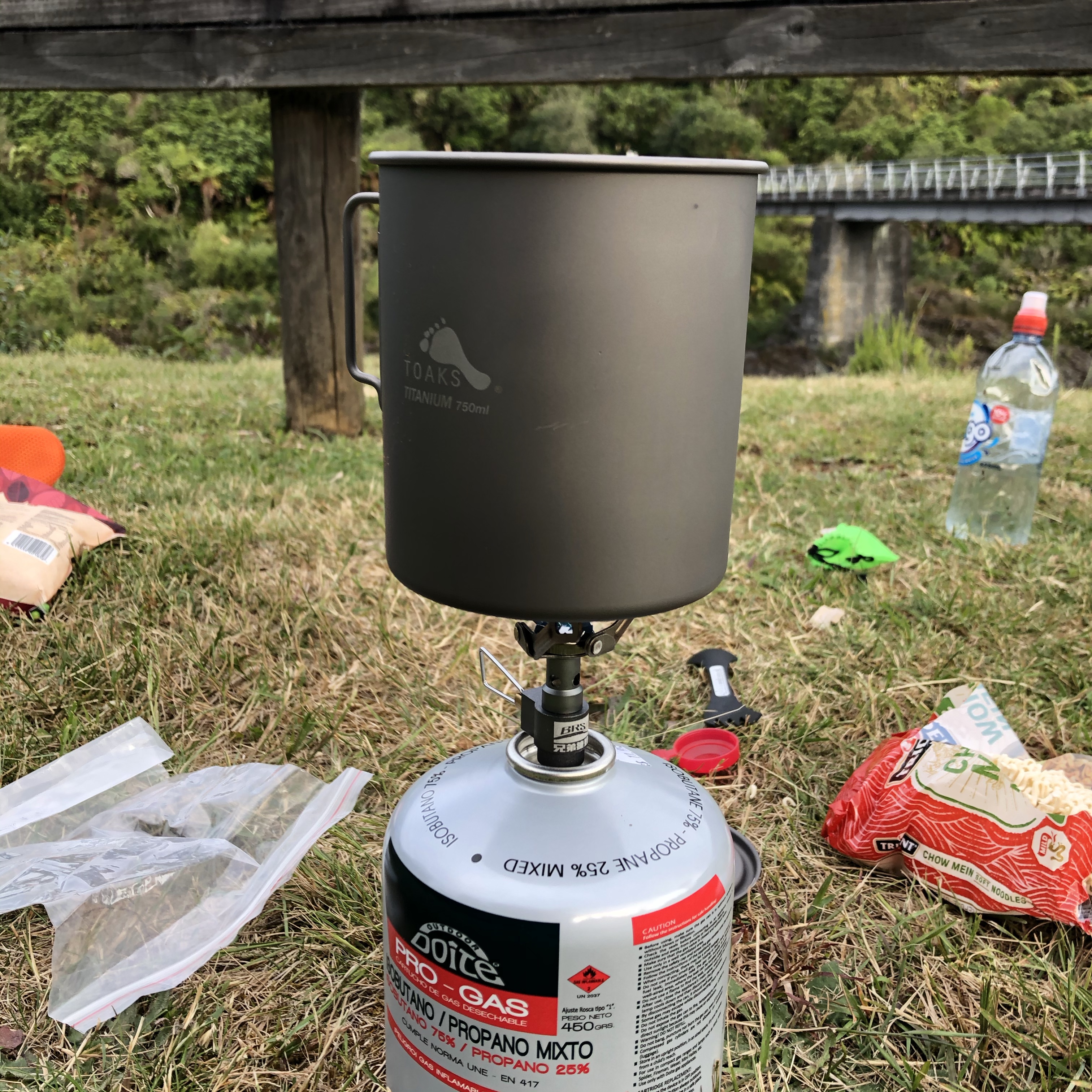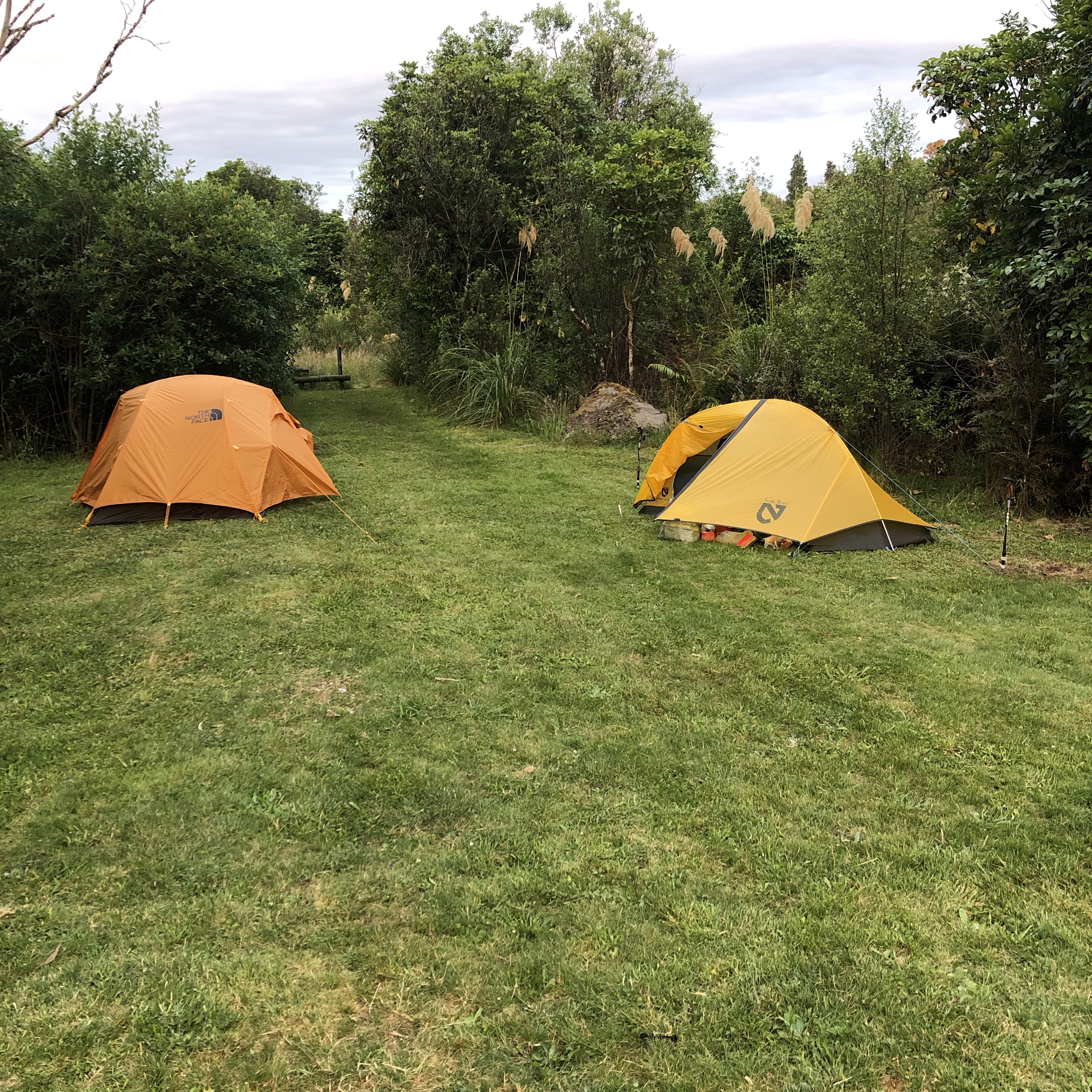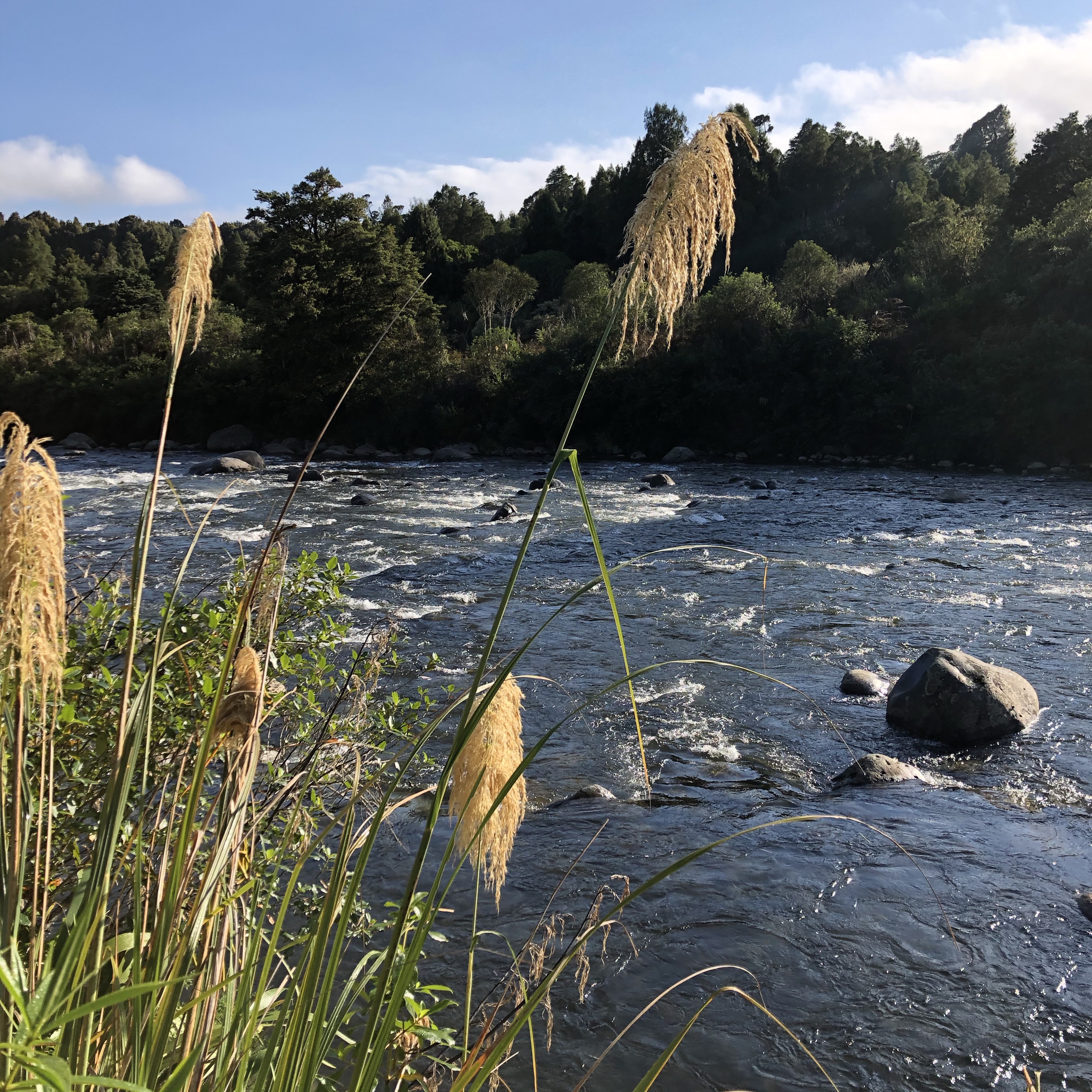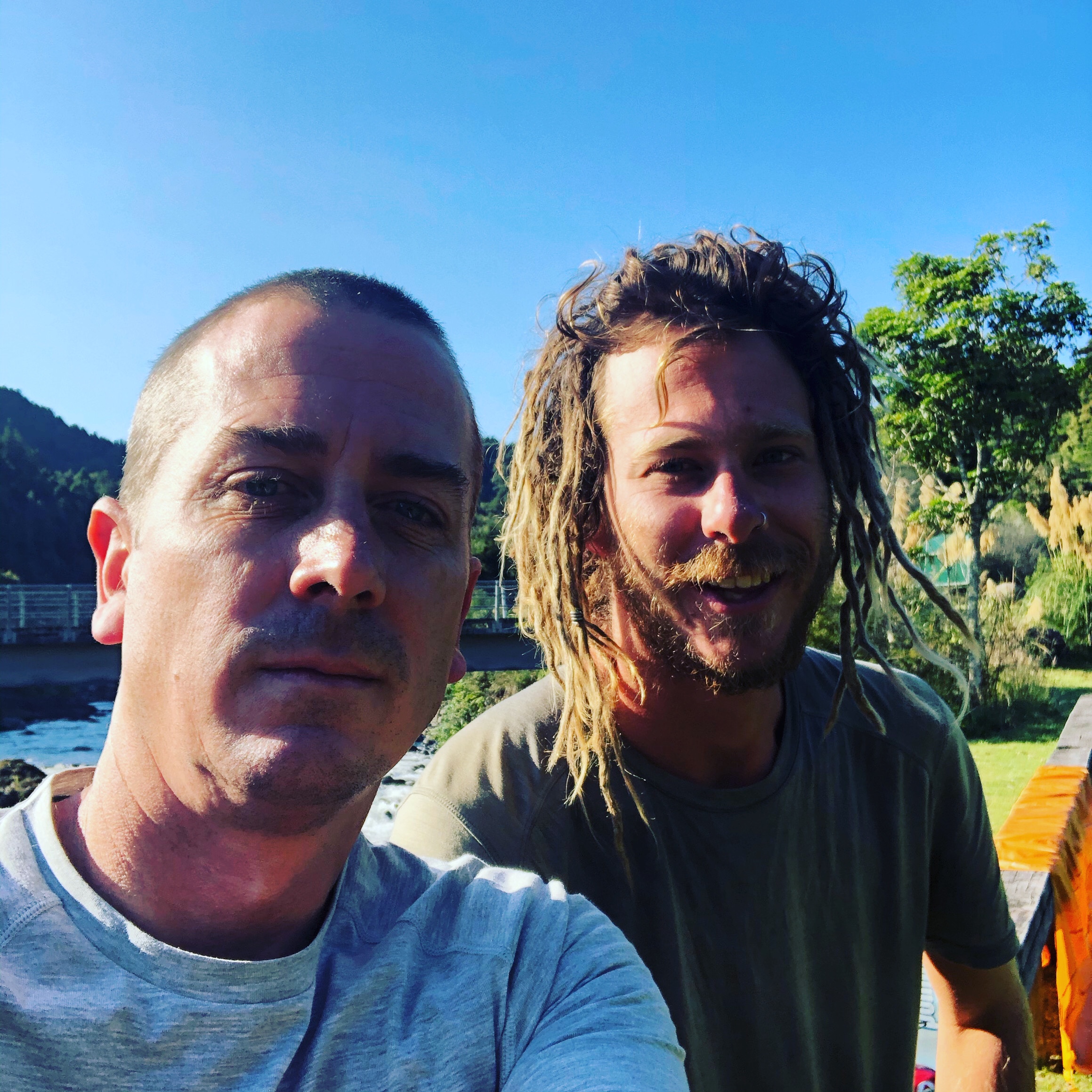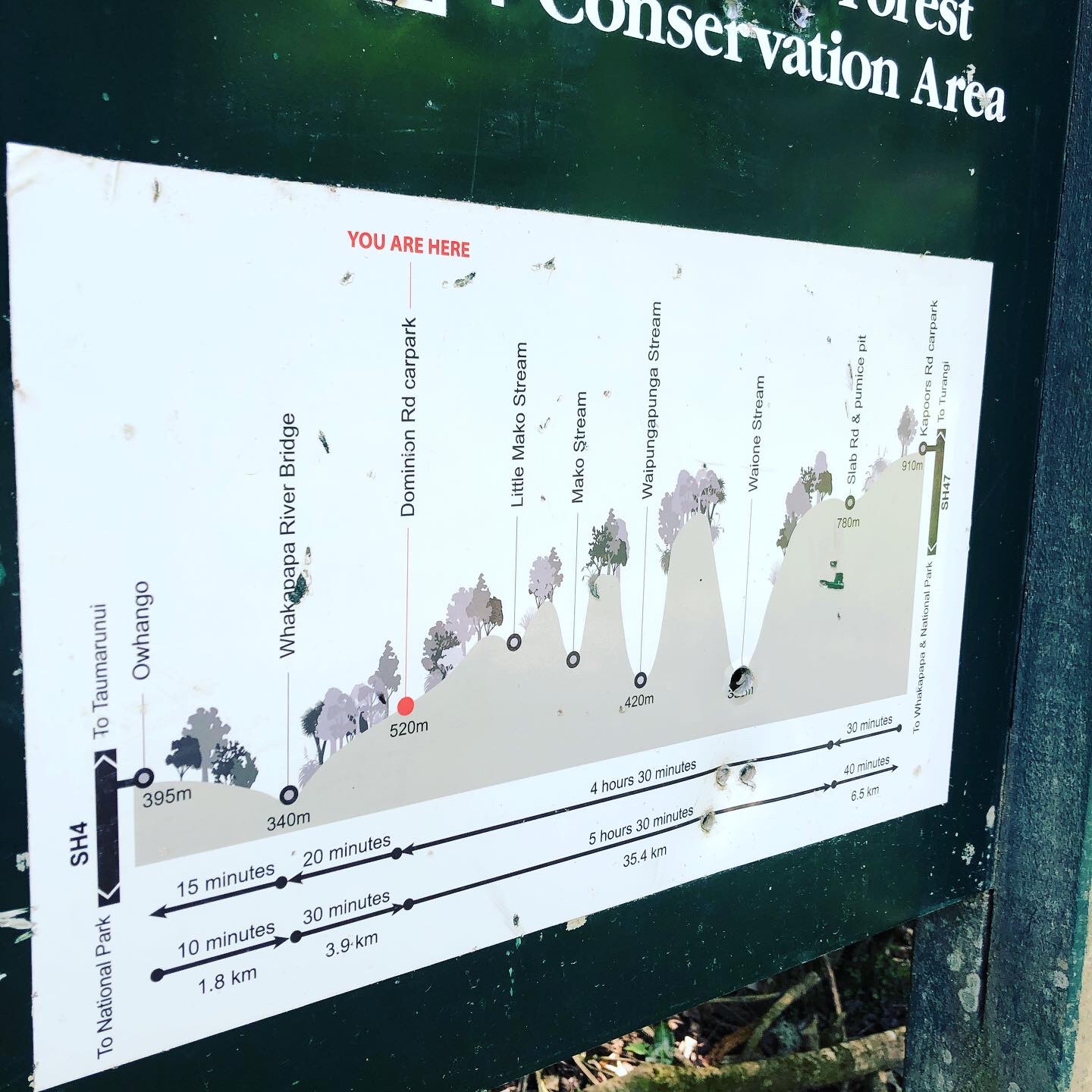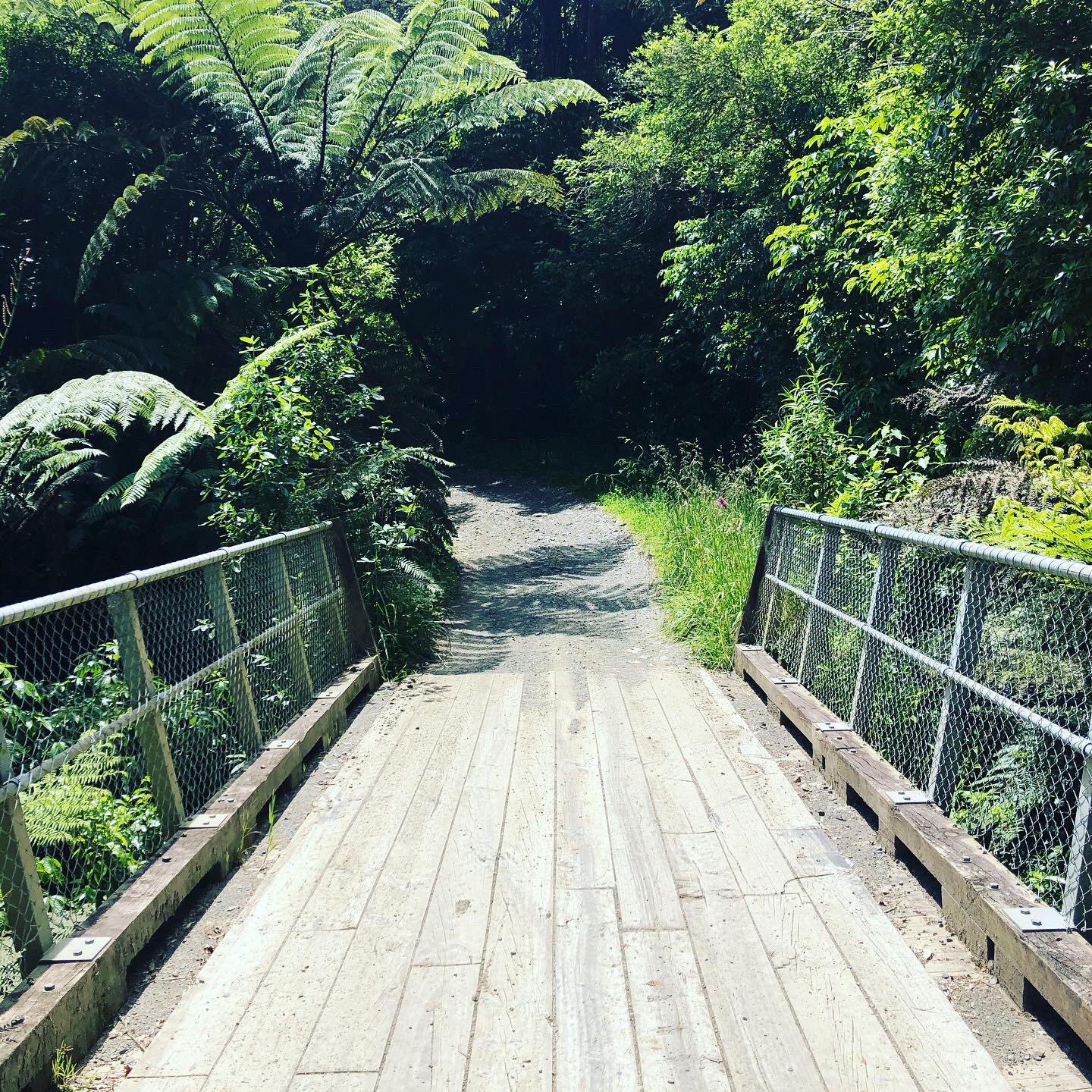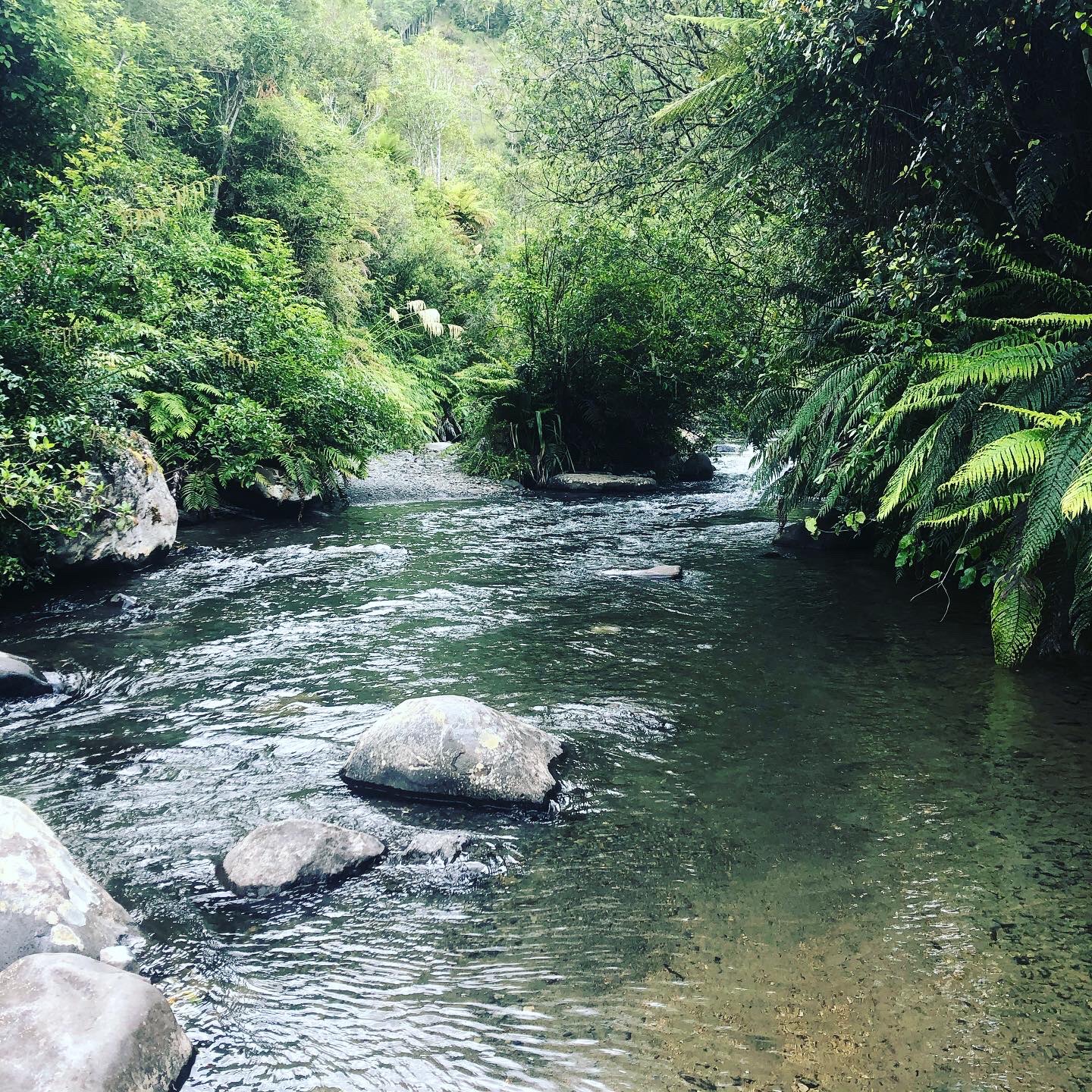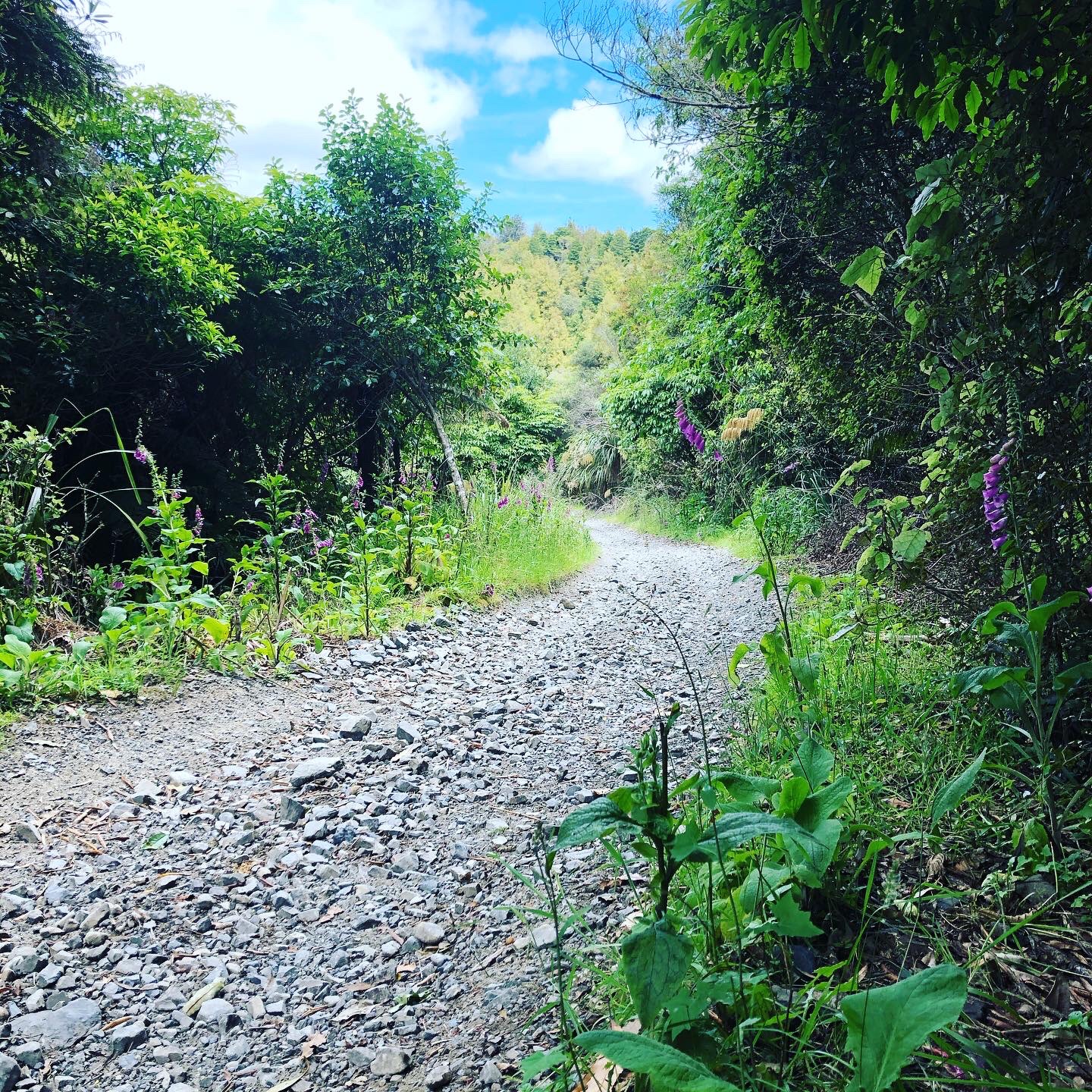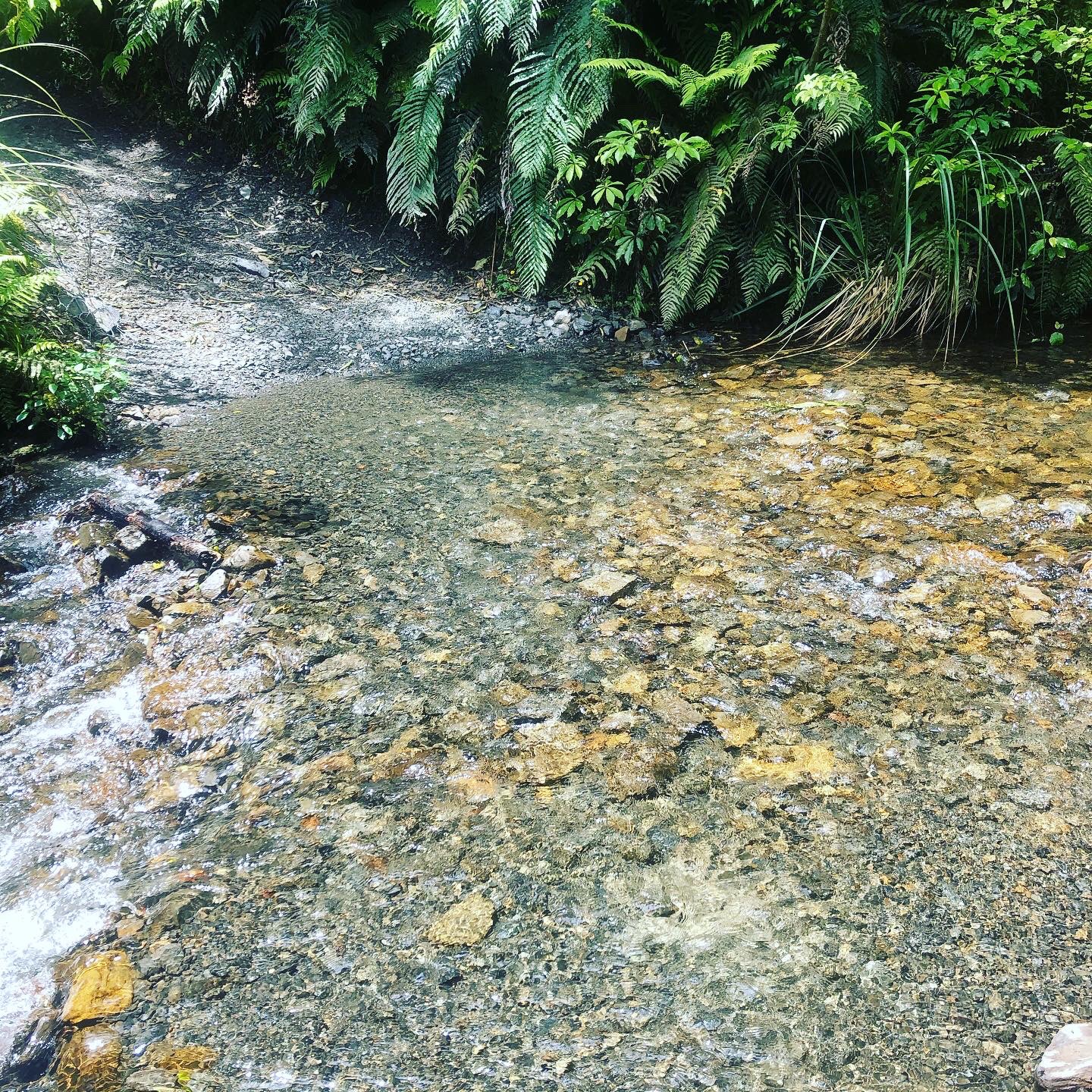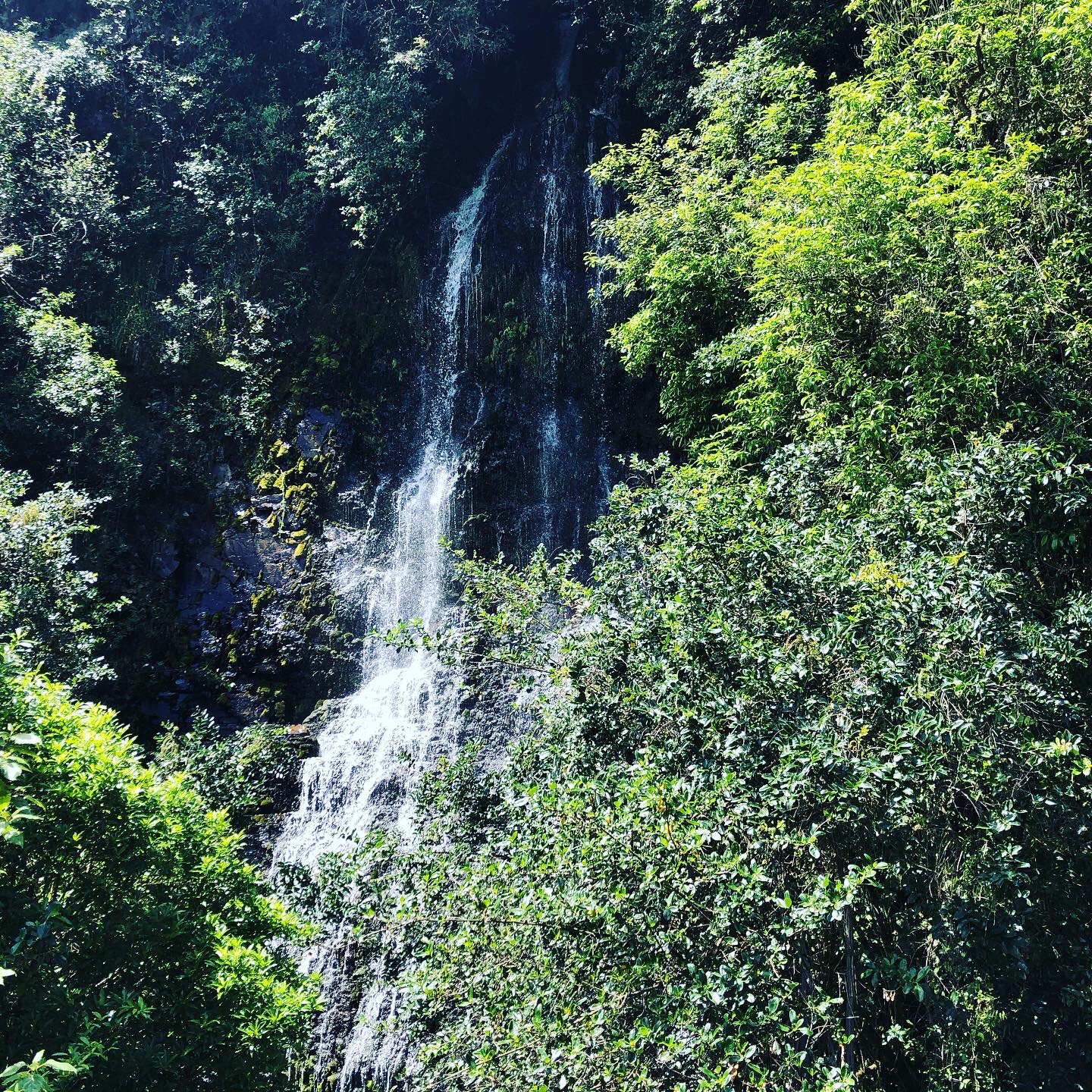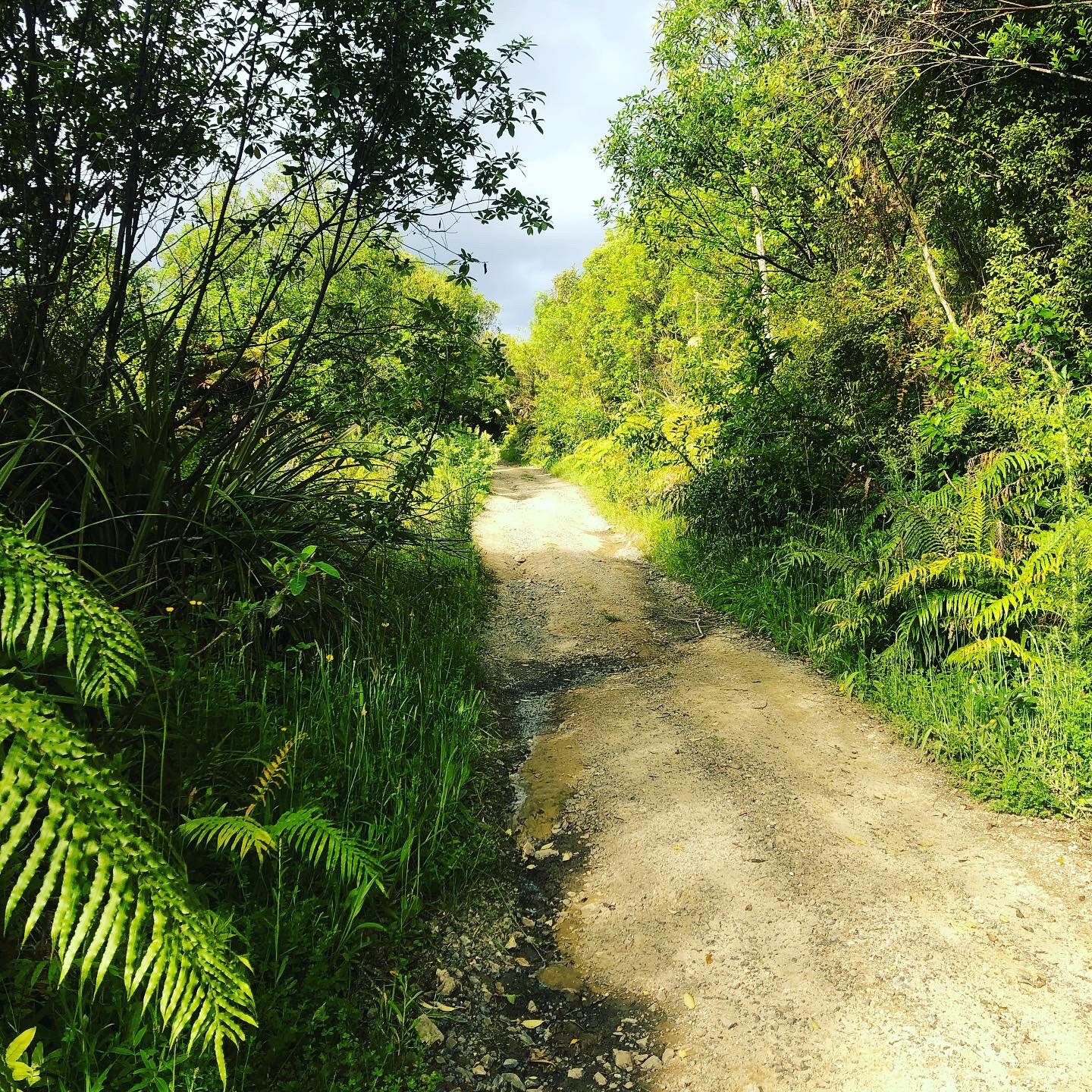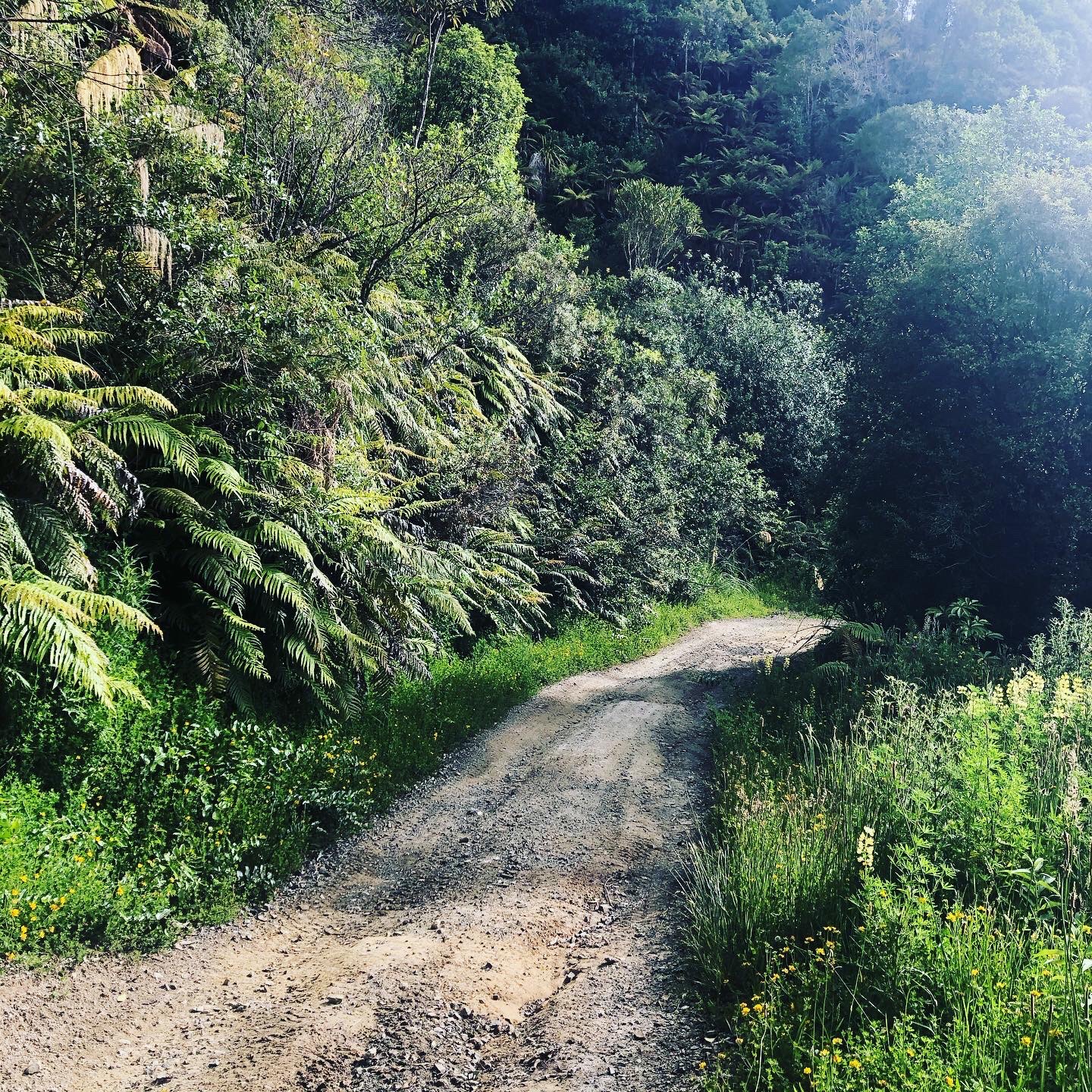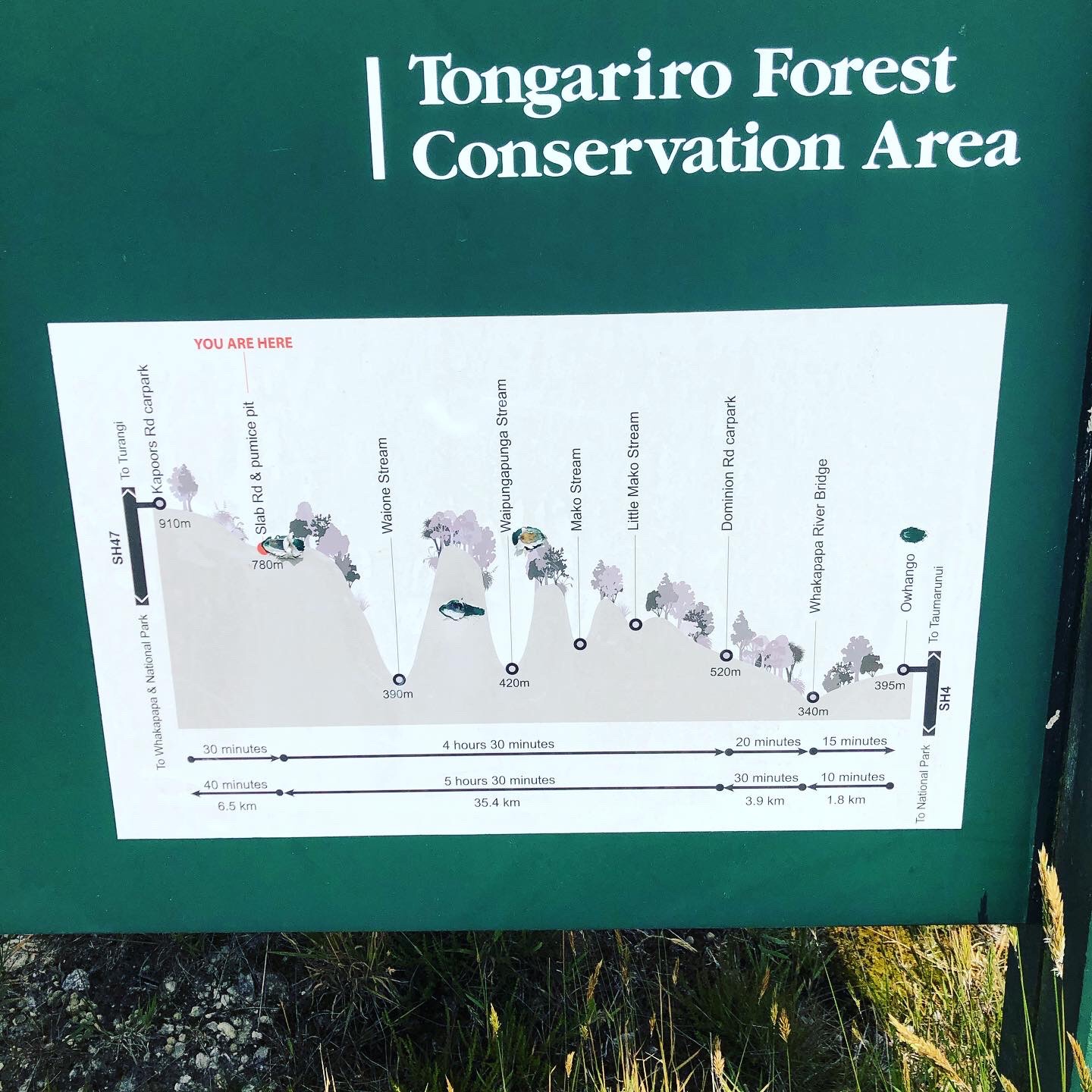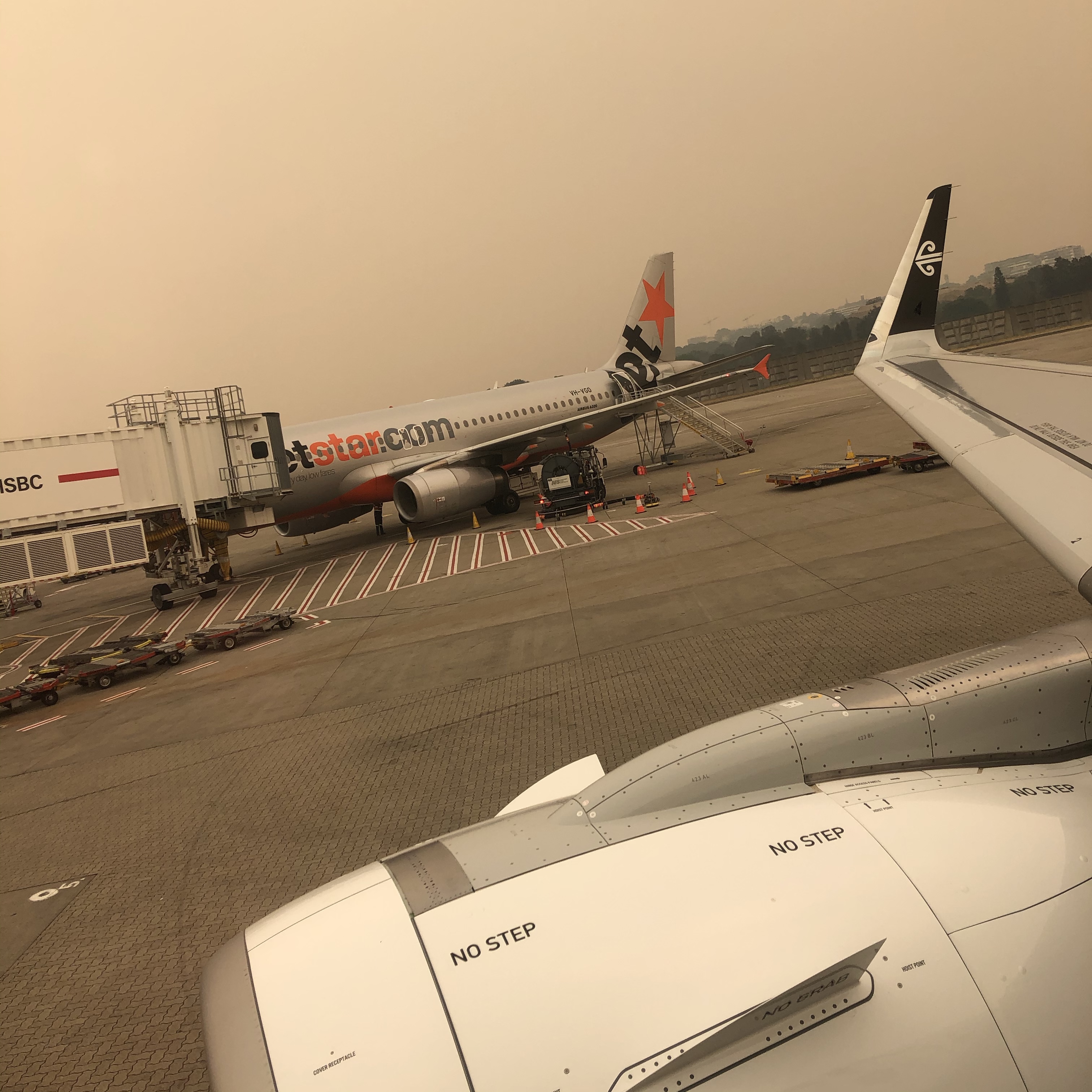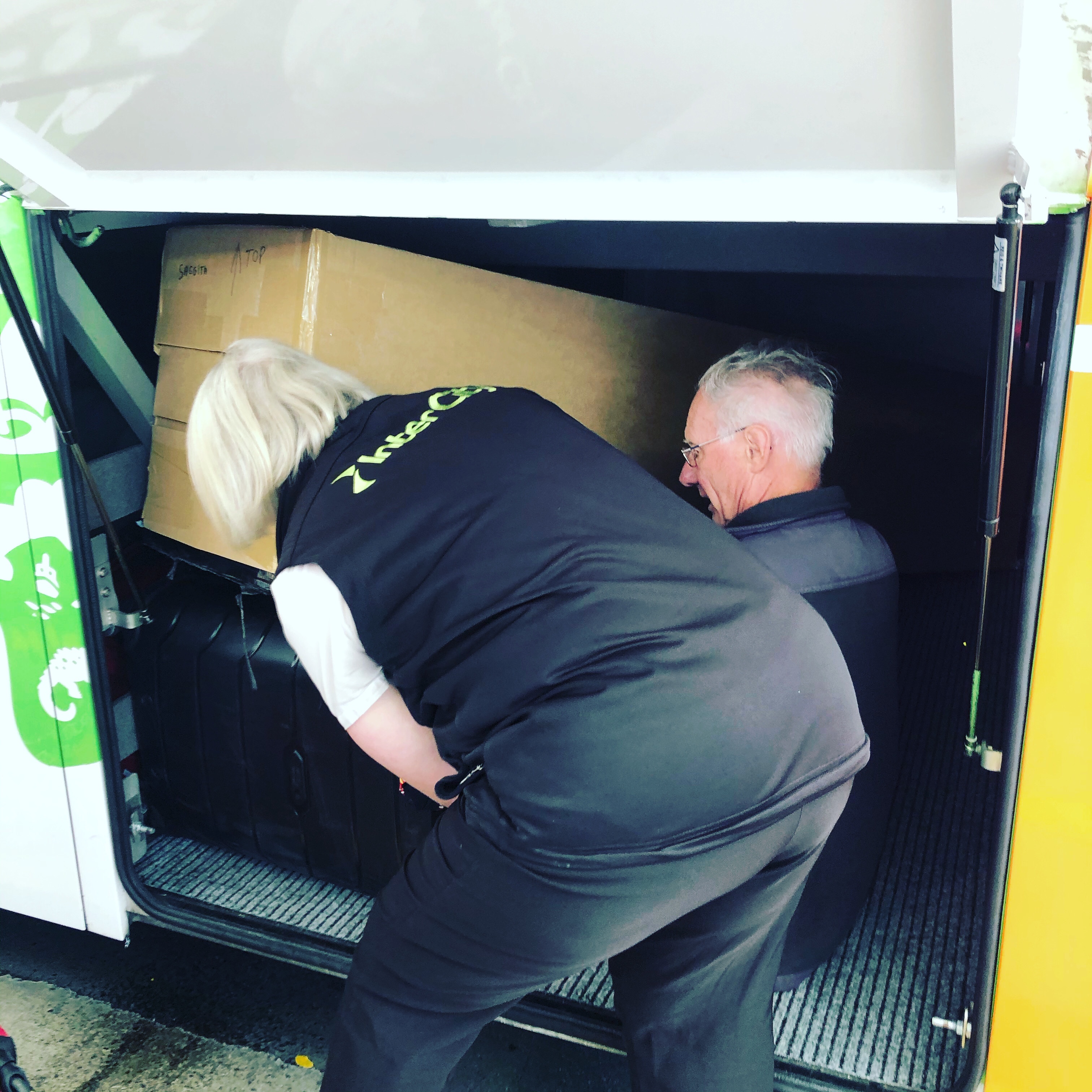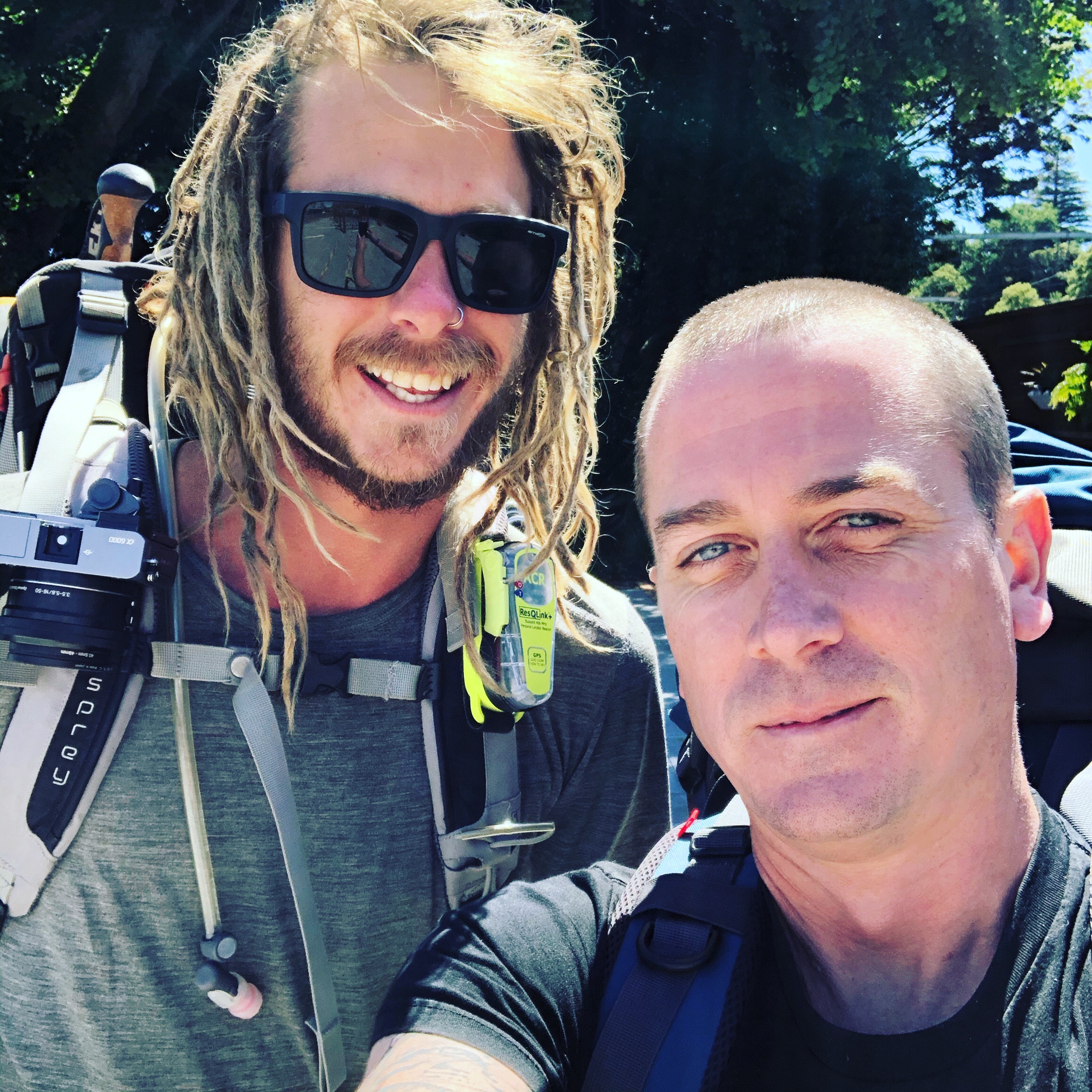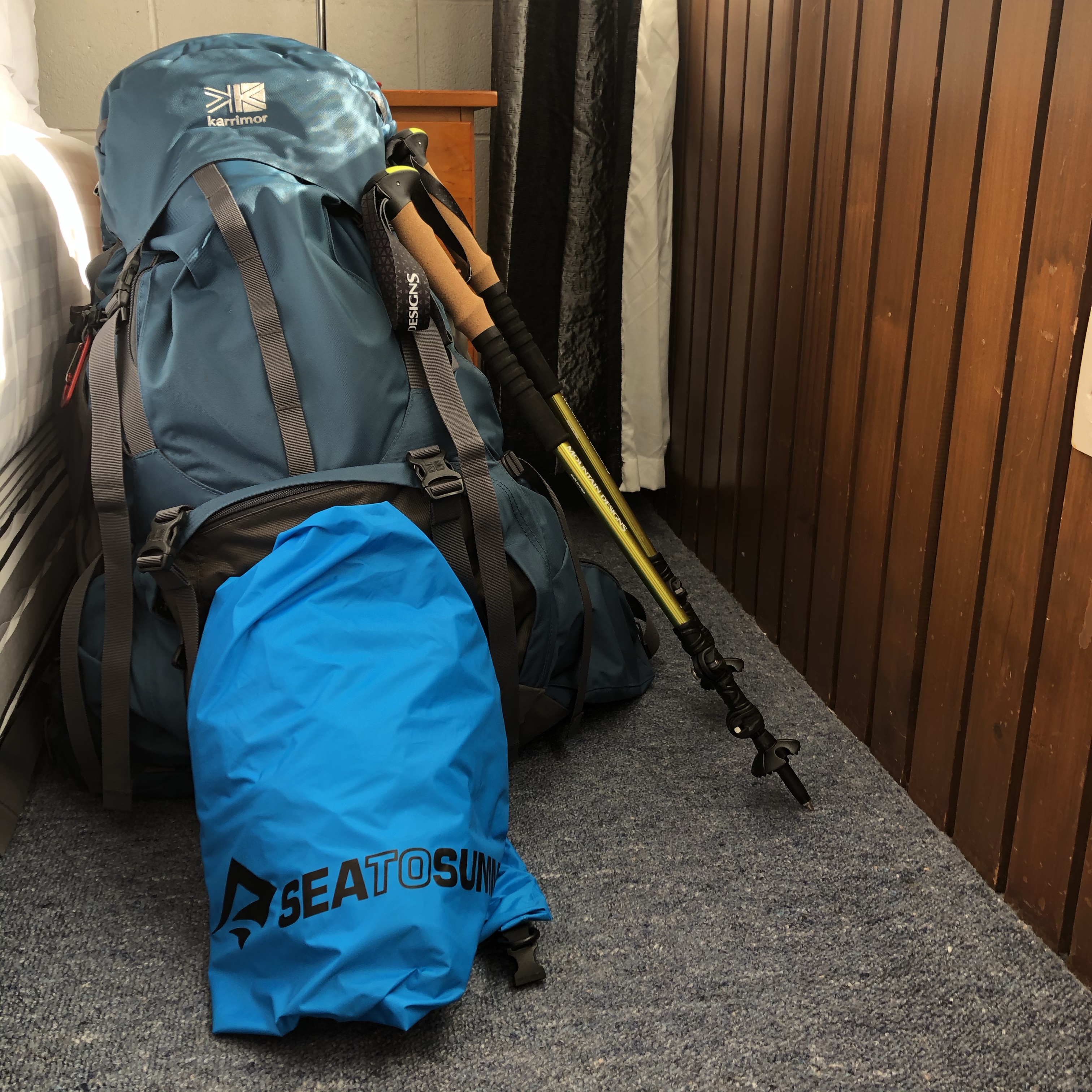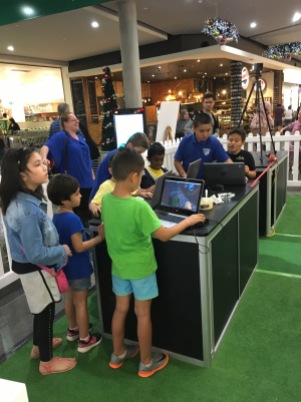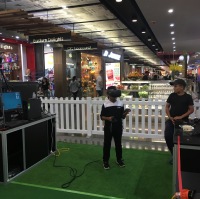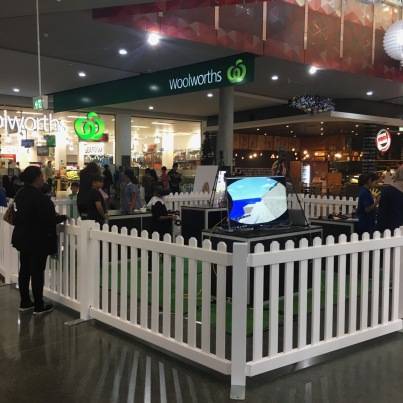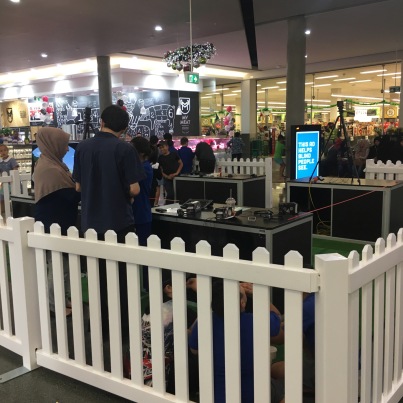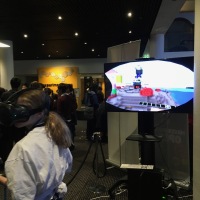I love Project Based Learning (PBL).
Since becoming a teacher, I always have, and most likely, always will.
I love how PBL challenges the students – the deep inquiry, the group work, the time management; the engagement, the stress, and the eventual triumph.
I love how PBL challenges me as a teacher for all of those same reasons.
Perhaps one of the things I like most about PBL is the authenticity; students producing high quality work for an audience outside of the classroom. A ‘real world audience’.
Since arriving at a new school in 2020, I have faced teacher challenges of a different kind that have, up until recently, inhibited my ability to properly engage in high quality PBL.
Lockdowns, home learning, the challenges of figuring out the nuances of a new school, in a completely different area, with a vastly different demographic. Just to name a few.
Consequently, I haven’t blogged about PBL in ages.
Today, my friends, is the day when this officially changes.
The permafrost has thawed, melted, penetrated the surface, and awakened the dormant seeds of inquiry learning below so that they may germinate and flourish. Cultivated throughout the process to provide a wonderful display of what I consider to be PBL epicness.
Earlier this year, the teacher librarian at school approached me and informed that she had been allocated a 40 minute block each week to focus on inquiry based learning. She also informed that my 4/5 class, along with my teaching style had been suggested as a good point of collaboration and inquiry focus. So, following this discussion, we began planning an awesome learning experience for the teachers and students of 4/5H Honeybees, who are currently on track to becoming my new favourite class of all time.
The project itself wasn’t new. I ‘d run it before with an awesome year 4 class whilst I was working at Merrylands East.
We did, however, add some extra bells and whistles that helped make the project run more smoothly and provided additional scaffolding for students success.
Kathy, the teacher librarian, has been undertaking a Masters Degree in Teacher Librarianship for the last couple of years. Throughout her studies, her lecturers had been advocating for the school library as a hub for team teaching and inquiry based learning. She knew of my enthusiasm for PBL and had learned of some models of inquiry that, upon consideration, we thought would work well with the Hewes ‘Discover, Create, Share” model of PBL. We went with the Guided Inquiry Design model.
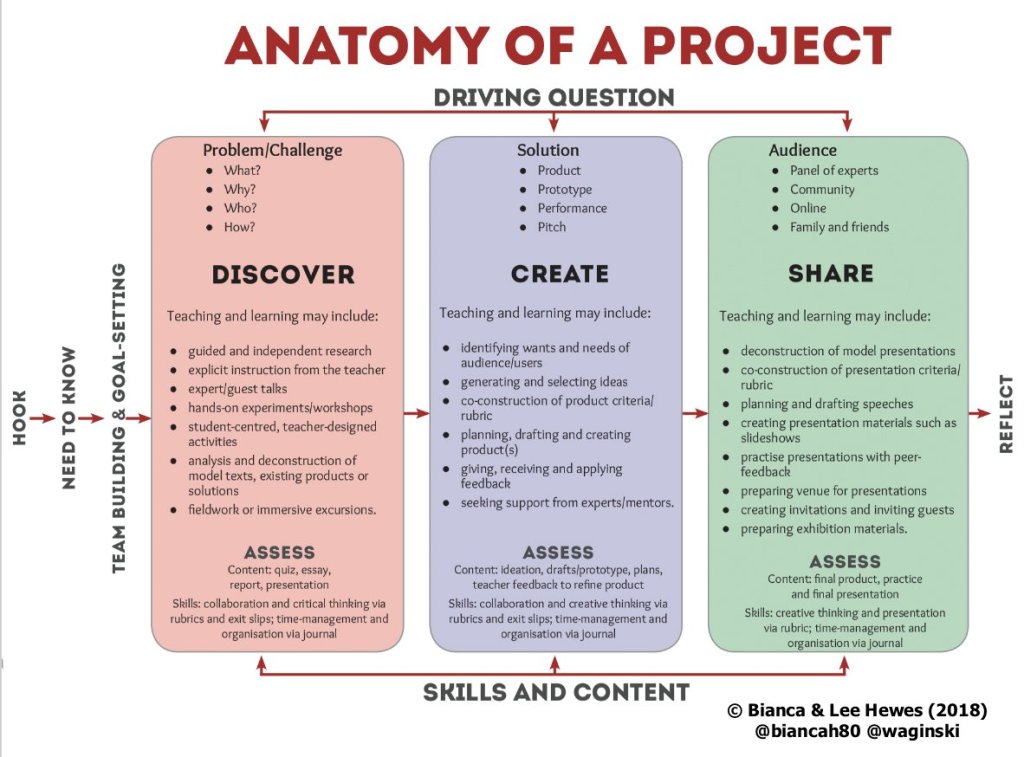
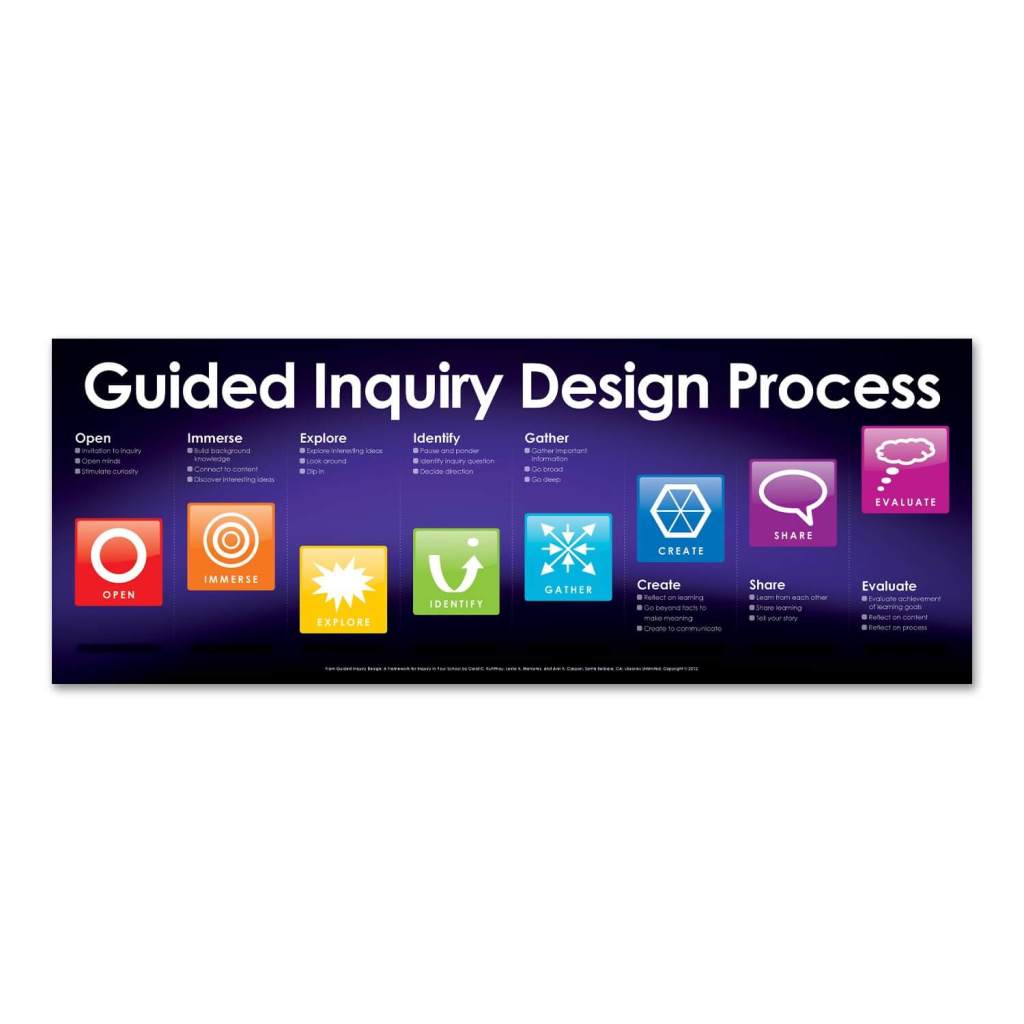
The reason I think these two models work well together is that quite often, when students are given the initial project briefing, they quite often focus on the end product and start there, without realising that there is whole heap of inquiry, research, planning, collaboration, negotiation – AKA, hard work that needs to be done before they even get to the point of creating and sharing their products. For this project, in fact, the exciting Minecraft video creation process is really quite small in comparison to all of the other work.
What I like about Guided Inquiry Design model is that, as the name suggests, it breaks down the inquiry process and helps guide the students throughout. It went a little something like this.
Each Monday, my students and I would meet Kathy in the library, where Kathy and i would team teach my class.
We began by giving the students the design briefing. Each group was given the choice of one extreme environment form around the world to inquire into, based on that particular group’s interest.
Kathy had organised a range of books and other resources that she had at her disposal, and initially, we simply let the students immerse themselves in these resources and explore what interested them about their chosen environments. For the next few sessions, we supported them as they identified some guiding questions that would aid them in answering the project’s driving question, ‘How might humans inhabit extreme environments?”
These sessions were great because they really allowed the two of us to check in with each group and keep them on track. The main challenges we found here were reorienting the students toward formulating questions that served the purpose of the project. For example, knowing how many people lived in the Arctic Circle, or how many square kilometres the Amazon Rainforest covered would not necessarily help you survive in either of these environments. Conversely, knowing what plants and animals lived there would be more likely to help you build a base there and have something to eat.
The three main products required of the students throughout the project were as follows; a document which, through student inquiry, outlined which resources would be available in their chosen environments for building, nutrition, and hydration, a script for a video tour of a base which they were later to build in Minecraft, and an academic style research poster which outlined their findings and showcased their base. They also needed to add a ‘fancy thing’ to advertise during their movie and entice people to visit their potentially hostile environments. These included things like rosewood infused chocolate in the Amazon, acacia leaf tea in the Sahara, and ice fishing experiences in Antarctica – my personal fave!
The other great thing about these library sessions is that they allowed the huge literacy based aspects of the inquiry to take place in a highly supportive team teaching environment with the teacher librarian, who has seen the students weekly since they were in kindergarten, and me, their lowly classroom teacher. This also allowed me to focus on the technological aspects of the Minecraft, filming and editing work in the classroom. We really were able to attack the project from two different angles and optimise our time in the library.
I think their scripts and videos are fantastic. We have a visitor from the Coastal Environment Centre in Narrabeen coming to the school library in the first week of next term to attend 4/5H’s ‘Extreme Environments Expo’, where the students will present their posters and videos to showcase their learning. I’ll also be inviting their parents and some of the other classes.
It’s been real.
Kathy is keen for Round Two next semester, and we will be meeting these school holidays to plan something equally as epic.
In the meantime, please feel free to view their videos below.
I’m super proud of the 4/5H Honeybees!
